|
Through the HeatHack project, engineers and communities get together to identify and plan actions to save energy in community buildings - to reduce carbon footprints and costs. Interviews with volunteers involved in the programme show that it takes dedication, effort and patience to carry out plans – but also, by coming together, communities grow in strength as they learn about and take environmentally friendly action. Participants have pointed out the game in the programme as a fun and valuable element in the training. Saving energy in community buildings
Surefoot hosted the HeatHack programme, which is supported by an Ingenious Public Engagement Award from the Royal Academy of Engineering. The programme has just been evaluated, and a bid for further funding is on its way. The programme is free to non-profit community groups and you can still apply via HeatHack’s website; also if you are an engineer interested in volunteering. The HeatHack Guide Book offers links to all publicly available materials. In the programme, HeatHack’s volunteer engineers work with churches and community groups to help them understand basic principles in thermal modelling and apply them to their own building spaces. The programme combines technical learning and engineering investigation of the premises and heating and ventilation systems with Surefoot’s hallmark facilitation approach. Under the leader’s/facilitator’s and engineers’ guidance, each group completes four two-hour exercises in their buildings. More than 100 small group sessions have been conducted and 32 engineers have been involved. Working with energy optimising is more of a journey than a quick fix that solves all problems at once. By speaking with participants from the programme, we witness both the benefits and challenges that community groups face as they build a new resilient path forward. Tailored support, engagement and persistent efforts are key Surefoot has conducted a series of online interviews with nine people to get insights into their experience. The programme has been emphasised by several participants as a useful way to get started. As one participant said, “It's a good programme to get started, to get local people involved and to reflect. It was good not only to work with generic knowledge on topics about energy, but to work specific on the site - the specific building.” (Community participant). One person who led the group though the four sessions, mentioned time as a challenging factor, “The time to spend on it. The leader role was surprisingly bigger than expected.” But as the interview continues, it's clear that the hard work paid off, “What worked especially well in the HeatHack program was that it takes into consideration how different groups of people use the space.” Several interviewees highlighted the benefits of getting to know their building better and tools to support energy optimising. As an engineer describes, “The programme provided a better understanding about how the building is heated, and how to control the different parameters. For example, it’s now possible for one person with his or her computer to find out the best setting for the heating system depending on the weather conditions outside the building. It gives individual control.” This reaches into rescheduling activities to help with optimising the heating, “Before, the heating could be on from 2:30 pm to midnight on a Saturday, or cleaning could be spread over four days and therefore require heating all the days, which can now be organised to be cleaned all in one single weekday, and therefore the heating can be lower on days where it’s not in use.” Although all the programme’s materials are online for any groups to use, the volunteer engineers were essential for success, so much so that the Scottish Episcopal Church, which is committed to running the programme with their churches in future, would like the use of engineers to continue. A community participant explains the benefit of working with an engineer, “The group of four participants and the engineer worked very well. It was priceless to have a qualified engineer aboard who joined with his expertise and independence, and that he participated as someone not related to the hall.” An interview with two members of a community illustrates the various elements that influence the work, “The good news is that we have met immediate enthusiasm to move forward in the group. As we looked at in HeatHack session 4, we aim to engage people around potentially installing solar panels – however this is also a conservation issue in a listed building” The other community group member continued on the subject, “I’m less worried about the solar panels. My biggest concern is the management group, it’s not only about how much it costs. It’s about doing the right thing for the planet. That we share values and voices. One challenge is that we work in smaller groups with different targets, and less across different areas.” Engagement is a crucial factor, as an interviewee stated, “Activities are depending on staff and team capacity. Funding could be helpful.” As one engineer also explained, it’s crucial that others within the organisation get involved in order for the next steps to happen, “We did not have easy wins. The easy parts were either in place or they knew about it, for example thermostat control or draft control. These were also subjects we went through in the game. They (the group) need to look at and take action in the bigger picture. The group will bring topics to discuss with their board, also to gain finances for improvements.” Financial challenges have been an important topic for several participants, “We need money. Now, we mainly have money for the maintenance.” Another participant sums up typical challenges, “The usual challenges for many organisations: lack of time, resources, volunteers and funding.” Despite the challenges it has been possible to derive actions, for example, “There is someone organised to visit the building to assess the possibilities for connecting the old boiler to a control system, to regulate the heating better. This is a key element to move forward.” (Community member). At Surefoot we are impressed by the unwavering efforts and dedication the groups and engineers have put into the work. Most of all, we believe it’s important to get people together to find a surefooted way forward, as one participant also pointed out, “It has been useful to get core members together within the organisation to work on environmental improvements in the organisation’s old building.” As we say in Surefoot: a values-based transformational approach puts people at the heart.
0 Comments
A community on the Isle of Raasay overcame differences and rekindled communication, allowing a path forward for their Carbon Neutral Island project, with the support of two bespoke Surefoot workshops. Based on a conversation with Tom Lusink from the island, we gained insight into how the community turned challenges into fuel to move forward on a sustainable path. Transformative steps In autumn 2023, Pam and Liz from Surefoot went to facilitate two bespoke workshops on the Isle of Raasay. The name of the island means Isle of the Roe Deer and is reachable by a short ferry journey from Isle of Skye. Tom Lusink, active citizen of the island, unfolds key steps on the journey that the community took during and after the two workshops. When talking with Tom, it is clear that he values and cares about his community, and wishes that everyone benefits from actions on the island. In a small community there are many different voices and opinions, so it’s important that people are listened to, but also that disagreements aren’t blocking the process and that actions are based on a respectful and positive approach, “It can be challenging to air ideas in front of others, but Pam and Liz brought a new workshop structure, an alternative to the familiar meeting structure. They listened to our unique situation and tailored their delivery to a fit right for us. The set-up of the sessions included work in smaller groups, and when conducted by people from outside the community, we could all meet on neutral ground. The session was focused around possibilities and solutions rather than barriers and obstacles,” explains Tom. A shared take-off to form goals and actions At the workshops, the community discussed and shared dreams for the future in smaller groups. This included space to explore specific topics together with the neutral facilitators. Tom adds, “It was much more uplifting, motivating and inspiring than I had hoped for. After the sessions, people have since started to open up more when we have met afterwards.” These two sessions were a starting point for the community to get united. They have now created a public discourse, and it has been a take off point for more doors to be opened, and it helps the community navigate further. They are now working on specific goals and actions for land and marine spaces, including improving the biodiversity and carbon sequestration - to become carbon neutral in 2040. Coming together! One of the best outcomes is that, despite differences across organisations and in the community, they agreed to cooperate going forward. Tom emphasises both the advantage of Surefoot’s workshops and the strength of the community on the island, “Beyond delivering singular beneficial sessions Pam and Liz demonstrated a framework that unlocks the solutions which are held within our community, but are often blocked. This is a framework we are now able to bring forward ourselves. The combination of great skills from the Surefoot facilitators and having the benefit of a strong community has been most satisfying.” At Surefoot, we wish the island a continued surefooted path forward! Can Surefoot help you? Do you wish to bring your community, organisation or company together and move forward with environmental positive actions? Read more about Surefoot’s bespoke sessions and/or get in contact with us. Text by Gazelle Buchholtz, Surefoot associate. Photos by Pam Candea, Surefoot founder and managing director. Over the years it has become common knowledge that green areas improve the quality of life. As the POSTnote Green Space and Health from Houses of Parliament states, “Areas with more accessible green space are associated with better mental and physical health.” At Surefoot, we support communities and individuals to let their connection with the rest of nature take root and strengthen via creative approaches. The physical natural spaces can have many shapes and features, there’s no right and wrong whether you connect to the wilderness or a potted plant in a windowsill. Wherever you are, we hope you find comfort in our supportive materials to open up your personal ways of connecting with nature, others and yourself. Texts, photos and paintings focusing on appreciating local nature are on display in the outdoors at Tentsmuir National Nature Reserve until the end of September 2023. Finding your words – to support yourself, others and the Earth During the summer we ran some online writing workshops ‘Writing for EARth.’ The workshops were supporting elements of Surefoot’s Eco Anxious Resilient (EAR) Peer Support project, to encourage people to write a text for the series A Daily Reading for Earth. We hope you’ll enjoy the series of short texts to inspire and help you take one day at a time in the climate and natural crises. The workshops illustrated the wonder and strength that arises when people come together to explore free range emotions, create meaning on paper and share fragments of their inner world when caring for the outer world. Comments from a couple of the participants: “I'm taking with me the strength and beauty of what others have shared with me to make me braver and feel less alone when I do.” “I appreciated the sense of connection and sharing, which was uplifting and inspiring.” Your stories about caring for Planet Earth could also help tackle the nature and climate emergencies. Authentic communication and creativity are among the most important tools we all have. “We are all storytellers. We all live in a network of stories. There isn’t a stronger connection between people than storytelling.” – Jimmy Neil Smith. If you would like to write a text (max. 380 words) for our collection Daily Reading for Earth on how to keep well in an age of climate and nature emergencies, please contact pam@surefoot-effect.com. We plan to run more Writing for EARth workshops, so please keep an eye on our social media or let us know if you might be interested in attending: info@surefoot-effect.com Sharing is caring Inspired by feedback on our creative activities and on initiatives in our surroundings, we encourage you to take part in creative actions centred around nature. One way of capturing moments, thoughts and feelings in nature is via photos, and at Surefoot we’ll be happy to receive your photo(s) with a few lines about what each snapshot of places mean to you – how these nature elements affect you. We are convinced that such experiences can support others and give them a chance to feel connected whether it is to other people, places or resonate with oneself. Please send them to info@surefoot-effect.com and we will share them on our social media platforms, credited to you, or anonymously if you prefer. You might find other communities around you where you can benefit from art work about nature, and/or where you can contribute yourself. Gazelle, associate at Surefoot, created a piece ‘Sand dune walk’ to the Morton Lochs outdoor art exhibition at Tentsmuir National Nature Reserve, organised by NatureScot. Where do you find places to let your creativity unfold and share this with others? The contribution to the exhibition by Gazelle Buchholtz. Photo: Chris Steedman.
With Future Conversations workshops individuals and communities develop resilience to face current and future challenges in the society, to not only bounce back from adversity, but to grow stronger. Our Future Conversations workshops support the development of robust, flexible and healthy communities. With techniques and tools, participants learn to develop resilience and a sense of being strong and secure, equipping them to plan and act on sustainable solutions for now and for the future.
The first step at the Future Conversations workshops is for participants to share their hopes and fears for the future. Our role as facilitators from Surefoot, is to guide participants through inclusive ways to make group decisions and how to plan projects. Together with the participants we make a plan for the community. The goal is to move to a viable future where humans and nature are in balance. This method is also used when we support commercial organisations via our programme Net Zero for Teams. A central element in our sessions, is to bring people together and give them enough time and space to understand facts, urgency and importantly to build their resilience. We enjoy helping people and their communities to move into a beneficial future using our techniques, tried and tested over our 10+ year history. Future Conversations sessions include
Online sessions are also a possibility: Format: a programme in 6 sessions of 1.5 hrs using zoom calls, with a recommend group size of 10-20 people Taster: a 1.5 hour online or face-to-face workshop to give a flavour of the full programme, and enable people to decide if they wish to commit to Future Conversations. Even if this taster doesn't lead to a full set of Future Conversations, it helps people begin thinking about planning for the future, and the benefits of cultivating individual and community resilience. Would you like to know more about Future Conversations? Please get in touch with us at Surefoot, info@surefoot-effect.com Let’s face it, it’s a one-person job. A job for every one of us to make coherence in the world when creating a personalised green thread with our actions. With all of our efforts put together, we can reconnect the scattered pieces of the planet and find new ways to exist. Instead of taking on board what the standardised life template tells you is valuable when being exposed to advertising, media and expectations, turn your attention to your inner-knowing and values to embrace both people and planet. Human made landscapes
Contacting your politicians, signing petitions and voting when possible are the most obvious actions as we try to shape our society on a larger level. However, the political scene seems to be on fire in an overheated setting, where our efforts, drop by drop, evaporate before reaching the scorching ground. Instead of getting short of breath I invite you to also keep an eye on all the other places where you vote - every day. You vote with your shopping basket. A climate friendly diet with raw, fresh, locally produced vegetables and fruit with as little wrapping as possible, are elementary votes. Not only have we just passed, “For four days in a row, the planet reached its hottest day ever recorded as regions all over the world endure dangerous heat.” (ABC news). At the same time, we had the busiest day in the air. The 6th Of July Is The Busiest In The Aviation World, With 134,386 Commercial Flights, according to Flightradar24. This is also a record. Rarely are people being forced to buy goods and flight tickets. We have the freedom to choose our next steps when standing in a shop with a decorative plastic object created on the other side of the planet. Or when we are one click away from booking a flight for the family holiday a quarter or half way around the globe, to go and rest for a few days by a pool. What do you vote for? How do you contribute to the human carved imprint on the planet? From fragments to the whole When I encourage a more climate friendly lifestyle, I usually add links to research and knowledge that states and demonstrates benefits for the planet and people. But I’m sure you already know about them. Scientific reports and common knowledge are available at large. Also decision-makers and government institutions have access to solid research and understanding of the complexities of the natural world – from which we cannot in any way separate ourselves. We all participate in the living 3D network. As much as our carbon footprint and other greenhouse gases cause disruption and are entangled in other lives, we also have the chance to mark the environment with positive choices. I'm no saint myself, but my grumpiness about the state of affairs on the planet makes me reflect. And it's a joy to discover even small bits of actions. Finally, I got around to set up Ecosia - The search engine that plants trees as my default search engine after finally being too annoyed by Google’s daily encouragement, which in fragmented pieces invites us to take care of the planet on the annual Earth Day, and on another day gives tips on what to see on a trip to New York. May your grumpiness also be a catalyst to find joy in creating a unique green path for yourself and others in a connected friendly world! Do you or your community wish to move to more coherence in your climate friendly actions? Please get in contact or check out Surefoot's services. Text and photo by Gazelle Buchholtz, Surefoot associate. Plus notes on health, sustainability, and cultural heritage Our recipe book has simmered and is now ready to be served! We hope you will find the book appetising. Please enjoy the Recipe Book created via our project Sustainability, Heritage, Health.
With starters, soups, main courses and desserts, along with notes on health, sustainability and heritage, we hope you will enjoy the journey through the cuisines of Greece, Lithuania, Spain and the UK. Some recipes are presented exactly as prepared traditionally over centuries, while others have been adapted to fit in with awareness of what a healthy and sustainable diet means, such as by substituting alternatives for meat and/or dairy ingredients. We hope you find the recipes fruitful for your cooking. Perhaps the book will inspire you to look more closely at your own culinary traditions, those of your ancestors or places you have lived. We wish you a fun and environmentally friendly cooking journey. We’ll be happy to hear from your experiences, or if you have recipes you would like to share with us. Please get in contact via info@surefoot-effect.com. The team of the Sustainability, Heritage, Health project met in Athens in June for a final project meeting. The meeting was focused on putting together the project Handbook, which is the last part of this Erasmus+ partnership. The team also had the opportunity to experience some hands-on cooking workshops in a family park and environmental education facility outside Athens. We picked, prepared, and cooked vegetables following a Greek recipe. Sonia Aguera who attended with Surefoot as a volunteer illustrated some of this work. This is the second part of this project, where the partnership created a recipe book with traditional recipes from the four participating countries, Scotland, Greece, Spain, and Lithuania, where we also considered nutrition and sustainability issues.
The Covid travel restrictions that were in place in 2020 and still in many places in 2021 and 2022 made the team rely on online communication more, which removed the need to meet in person as often as is usual for these projects. In this way, we have avoided the flights associated with 18 participants across 3 international meetings, with a significant reduction in carbon emissions. Sat 8 July 10-12pm - Join us for this free online workshop to discover how your stories could help tackle the nature and climate emergencies. Your stories about caring for Planet Earth could help tackle the nature and climate emergencies. Authentic communication and creativity are among the most important tools we all have. Join our FREE workshop between 10am-12noon on Saturday 8 July to take the time to put into words your love, fear, anger and hope for our Planet.
BOOK YOUR FREE PLACE HERE >> Authentic life stories are powerful and there so are many ways to tell them. If more of us tell our stories about our connections to nature, more people will hear us and some will start to explore their own connections. This workshop is a tool for you to find or to support your voice – what resonates with you is important when you express yourself in writing. With pen and paper, you will be guided through various writing exercises, followed by the opportunity, if you wish, to share some of your writings with the group. At the end of the workshop we will focus on ‘How to keep well in an age of climate and nature emergencies.' This might inspire you to write a short piece for the Daily Reading for Earth after the workshop. In offering this workshop, we wish to support your personal writing as well as potentially the creation of more short pieces for our Daily Readings for Earth with the aim of supporting those struggling with eco-sorrow and climate anxiety. The workshop will be led by Surefoot associate and published writer Gazelle Buchholtz. Eco Anxious Resilient Peer Support is a new and developing project from The Surefoot Effect focussed on creating and sharing mental wellbeing resilience tools for people who strive for enlightened and just societies that respect Earth and all life. Have a look at our self care planning tool. BOOK YOUR FREE PLACE HERE >> Find out more by emailing audrey@surefoot-effect.com.
The planet looks very different today than it did ten thousand years ago when humans first started changing the ecosystem by farming; it even looks different from one hundred years ago or fifty years ago. Humans have developed the land like never before, which has had a huge impact on climate and biodiversity.
Land System Change Land system change is a key metric in the nine planetary boundaries model. Land system change refers to the way humans have adapted the land for agriculture, urbanisation, and developments over the centuries. The changes impact local and global systems and habitats. The planet's natural forests, wetlands, and grasslands have been adapted to accommodate human habitats like cities and urban areas; they have also been adapted to support the human population with food and other resources. Land use changes must be closely monitored. Local Effects of Land Use Change At a local level, land use changes support the human population with houses, infrastructure, and developments that meet the needs of local communities. Local grasslands, wetlands, and forests are developed or modified to meet the needs of people, but there are consequences. The loss of local habitats and ecosystems due to urban and agricultural expansion has an impact on human health, as well as animal and plant life. Biodiversity, including water systems and local plant life, underpins human health, and changes can have far-reaching effects. Global Effects of Land Change It is unclear how much of the planet has been developed for human habitation and resources; estimates vary. However, it is clear that well-over one-quarter of the land has been changed, including rainforests and rivers. These changes can have a profound impact on natural systems. Reducing the rainforests and creating agricultural land increases CO2 in the atmosphere by curbing absorption and releasing more carbon at the same time. Changing river flows also impact natural habitats affecting wildlife and human health in local areas and on a global scale. The Planetary Boundary Land system change is a key metric in the planetary boundary model because it has such far-reaching impacts. Land use changes occur at a local level and are designed to meet the needs of local communities, but these changes influence global systems and climate change. When measuring the impact of land system change as a planetary boundary, it is necessary to consider the quantity of land being developed along with its function, spatial distribution, and natural resources like forests. Land is too often developed for short-term gains to local areas. Sustainability Efforts In many parts of the world, the damage has been done already. Habitats have been destroyed for towns and cities, river flows have been redirected, and forests have been cleared for agriculture. These changes have had a profound impact and contribution to climate change. It’s clear that future land use should be developed with sustainability in mind, but current land use must also be considered. Reforestation, rewilding, and local sustainability efforts can be employed to support local ecosystems and biodiversity and to control this planetary boundary. Image Credit Climate change has accelerated in the past 30 years, and the amount of carbon dioxide in the atmosphere has effectively doubled. This is not without consequence. We are already seeing the impact of climate change on temperatures, weather patterns, agriculture, and ocean acidification. Managing the challenges is the task of individuals, businesses, and governments.
Key Takeaways: Climate Change Impacts
As more greenhouse gases enter the atmosphere, the world heats up (GHG). Warmer parts of the planet are the first to suffer the effects of extreme heat. There are also high rates of heat-related mortality, especially in older people unable to regulate temperatures when asleep. As well as causing droughts and putting pressure on water supplies, extreme heat also causes a range of health conditions, such as migraines, arthritis, asthma, hypertension, and cardiovascular disease. Extreme heat is happening in most places with more intense summers. More Droughts Droughts are also occurring more frequently in many places, including the UK; they are a symptom of extreme heat. Droughts happen when areas receive insufficient precipitation due to extreme heat and evaporation; this affects local ecosystems: agriculture, and food resources. Some droughts last for years and have a substantial impact on crops, animal life, and humans, but even short droughts can have a big impact on local economies. According to the Red Cross, 40°C temperatures would have been unlikely in the UK without human-caused climate change. More Wildfires Wildfires are devastating to local ecosystems, animals, and the human population, and some places are more prone to them than others. In 2019-20, Australia had what is now called the Black Summer, a summer season with hundreds of wildfires in the southeast of the country. Wildfires can be started spontaneously due to the sun’s heat or artificially from campfires and discarded cigarettes; when the land is dry due to extreme heat, it increases the chances of wildfires starting. The black summer is thought to have killed 450 people and 1 billion animals. Storms and Floods Storms and floods have always been natural hazards, but their frequency and intensity are increasing in unpredictable ways, especially in sub-tropical areas that receive monsoon rains. Storms and floods can devastate communities, causing billions in damage and loss of life. As global temperatures rise, island nations like the UK and Ireland will experience more storms and floods. Rising sea levels, changes in Gulf Stream temperature, and low-lying land in the south make the UK particularly vulnerable to these forms of extreme weather in coming years. Coastal Impact Sea levels are rising due to the melting of glaciers and land ice making its way into the ocean; it is also caused by the expansion of seawater when it warms. The IPCC reports that sea levels could rise by between 50 cm and 130 cm by the year 2100 compared to pre-industrial levels. Coastal cities and regions will be severely impacted by sea level rises. In poorer regions, displacement will be common, while established global cities like New York and London will experience financial losses unless infrastructure can be quickly adapted to the water levels. Agricultural Impacts Agriculture is both crucial and controversial in the global economy, and as global temperatures continue to rise, the question of whether the world can sustain a further 2 billion people by 2050 needs to be addressed. Extreme weather can increase yields, but it’s offset by damaged crops. Agriculture is more related to trade and economics than to feeding the world, which is why the EU has stockpiles of food. Benin, an African state, produces 4 to 8 times as much cotton than Texan farmers, but Texan farmers receive $4 billion in subsidies, distorting global trade practice. Ocean Acidification Ph levels are used to measure the acidification of water. Ph stands for “potential of hydrogen” since the inclusion of hydrogen influences the levels of acidity. Ph is measured on a scale between 0-14 - current ocean levels measure 8. The number decreases as hydrogen rises. As more carbon dioxide is absorbed by the ocean, its Ph levels become lower, meaning the water is more acidic due to increases in hydrogen. There are several concerns about it. Ocean acidification affects habitats, alters nutrients, and causes misshapen shells in sea creatures. Biodiversity Changes Biodiversity changes will lead to the extinction of animals such as the African mountain gorilla, neo-tropic amphibians, a bear found in the Andes, forest birds in Tanzania, the Bengal tiger, as well as polar bears, penguins, and a wide range of plants and animal species in the UK as well. Many species under threat can’t migrate when ecosystems change due to weather patterns, extreme heat, and ocean acidification. Currently, the UK has below half its biodiversity left, and although levels are stable; the figure is worrying since nature is at the base of our supply chains. Human Health Death rates are likely to increase as climate change worsens this century. Increased death rates will result from heatwaves, droughts, wildfires, storms, and floods. Higher temperatures will also impact food production and increase vector-borne diseases like malaria due to moisture levels. According to a 2009 report in the Lancet by University College London, the two major threats to human health from climate change are food and water. Water shortages will put a strain on food production and health, especially in regions vulnerable to droughts like North and South Africa. Conclusion Between 1850 and 2020, global temperatures increased by 1.2 °C, which has caused the climate issues we have today. In a high climate change scenario, temperatures would rise by a further 1.1 °C to 5.7 °C by the end of the century, putting human survival on the planet at risk. Image Credit Since the start of the industrial revolution in the 1750s, we have been burdened with consumer culture, amplified by the technological advances of Henry Ford and the cultural modifications of General Motors. Since consumer culture and its mechanisms underpin planetary degradation - we need to find new ways to engage with the mechanisms themselves for a sustainable future. Key takeaways: conscious consumerism
Image Credit “There is no beauty in the finest cloth if it makes hunger and unhappiness.” – Mahatma Gandhi Conscious consumerism - sometimes called green or ethical consumerism, might seem like a recent trend; but it has its roots in the 1820s, according to American Studies professor Lawrance Glickman in his book Buying Power: A History of Consumer Activism in America. Glickman shows that conscious consumerism - a practice that has flared up on occasion over the decades but has become more prevelant since the 1990s - began in the early 1800s when consumers started boycotting goods produced by slave labour, such as clothing and soap. Early forms of conscious consumerism used boycotting to show solidarity and reject the prevailing values of the time. These activists helped change power structures, cultural values, and the economy by simply using their power to choose what they buy and where they spend. These days, conscious consumerism is a little more complex - as is the world and the economy - but the theory of consumer power is still a vital mechanism for change. But due to market developments, consumers also need to be conscious of marketing practices and greenwashing. Image Credit
Marketing has always been effective, but the generalist approach of the 20th Century, which used billboard and TV advertising, has been superseded by the targeted approach in the 21st Century. Targeted advertising is even better at appealing to consumers and creating markets. It might seem as though consumers are powerless against modern market forces, especially the advertising models developed by the digital media giants in Silicon Valley. Digital media is not looking to sell products so much as capture the consumer’s attention for advertising revenue. Becoming a conscious consumer in the 21st Century is even more complex since everyone is closely integrated with digital media, trading their attention for services. A prime example is Google which provides customers with free services in exchange for data to use for advertising. Conscious consumerism is about taking charge of our power as consumers to change the direction of market forces. Admittedly, this is made more challenging in a technologically integrated world; but the theory remains the same. Consumers retain their powers of choice. Conscious Consumerism: the need Conscious consumerism hasn’t disappeared with the new economy; instead, it has fragmented and become more complex. It might be challenging to be a conscious consumer in the digital age, but there are plenty of choices to make to influence business decisions, market dynamics, and neoliberal policies. Climate change, plastic pollution, and food resources are examples. Top image Credit Biosphere integrity is one of the nine planetary boundaries. The biosphere is the air we breathe, the rain we hear, and the animals we see; it is all of the ecosystems, both visible and invisible, that create the fragile atmosphere of our home planet. Many planets have an atmosphere, but few, if any, have a biosphere and are conducive to life. Biosphere integrity is under threat due to human activity on the planet over the past 50 years.
What is the Biosphere? Earth is a special planet in the galaxy and possibly in the universe, too - it has a biosphere. Of course, planet earth is not the only planet to have an atmosphere - many of them do, including Mars, a close relative of the earth - but the earth is unique since it has a habitable zone for life. This habitable zone is called the biosphere. The biosphere is made up of many systems of atmosphere and ecology; in short, it is systems such as photosynthesis that create atmospheric conditions conducive to life. The biosphere also includes the oceans, rainforests, and weather. What is Biosphere Integrity? In its purest natural form, the biosphere is in perfect balance. Of course, planet earth is a dynamic and changing planet. Like others in the universe, it has undergone periods of volcanic changes, interstellar impacts, and extinctions that have affected its evolution and integrity. The reason planet earth can sustain intelligent life is that it has settled into a balanced and stable biosphere for a long period. However, the biosphere is a fragile arrangement of systems that can be easily disrupted by substantial changes to the atmosphere and the fragile biota. Recent Changes to the Biosphere In recent times, meaning from the mid-1800s until the present day, substantial changes to the biosphere have occurred. Huge amounts of carbon dioxide that once permeated the atmosphere of the planet before photosynthesis buried it underground have been released. The human demand for food, water, and other natural resources is putting a strain on ecosystems, contaminating the atmosphere and endangering animal life. Balance must be restored to living systems and fragile ecosystems with human collaboration and changes. Negative Feedback Mechanisms Negative feedback mechanisms are sometimes referred to as “tipping points”; they are fragile systems on the planet that accelerate change when a threshold is breached. Negative feedback mechanisms are a central concern in climate change because the damage is not reversible. In the biosphere, negative feedback mechanisms include global warming, the melting of arctic ice and permafrost, ocean acidification, chemical contamination in the land, atmospheric changes, and contamination in water cycles. Ecosystems in the biosphere can be destroyed. Crossing the Biosphere Boundary Changes in the biosphere need to be monitored carefully to protect the planet from triggering irreversible processes. In 2005, The Millennium Ecosystem Assessment concluded that human activity was responsible for rapid changes to the biosphere integrity over the past 50 years. The biosphere encompasses many processes and systems and therefore requires a wide range of metrics to generate reliable and measurable data. However, according to the Stockholm Resilience Centre, biosphere integrity is thought to have breached the planetary boundary. Image Credit Chances are you have encountered a climate change skeptic. These are the people at parties and in the workplace who comment on the beautiful weather and say, “climate change, bring it on.” It would be helpful if you were armed with a few climate change facts to push back on this. “It’s the coldest winter ever! So much for climate change!”
This comment is one you might hear in your friendship group, at a party, or in your workplace. The sentiment goes a long way to establishing the general ambiguities around climate change since most people take their data from the day-to-day weather conditions in particular seasons. However, there is a difference between “weather” and “climate change.” The weather fluctuates on a daily basis, but climate change refers to long-term trends. Naturally, the two overlap - a warming climate impacts weather conditions - but it is simplistic to conflate the two dynamics. “Climate change is natural; it’s been happening forever!” It’s true that earth is a dynamic and changing planet in the solar system, and that has been the case long before plants, animals, and humans began to evolve. When we look at the history of the planet, it’s clear that there have been periods of extreme warming and cooling over time. The trouble is that periods of warming coincide with increased greenhouse gas emissions - these are measured with ice core samples and atmospheric research. The planet can sustain life due to CO2 absorption, but humans are releasing harmful gases back into the atmosphere. “Even scientists can’t agree if climate change is real!” For a long time, there was not a complete consensus in the scientific community on the progress of climate change. A few climate change skeptics attributed the planet’s warming to changes in the temperature of the sun or natural fluctuations in the planet’s core temperature. Today, with an already 1.2-degree temperature increase above pre-industrial levels, there is complete consensus amongst the scientific community that climate change is a real threat. Looking at the current data and trends, it’s clear to everyone human activity is to blame. “Plants, people, and animals can simply adapt and evolve.” Plants, people, and animals are adaptable organisms, but that doesn’t mean they can adapt to a rapidly changing climate - especially not frogs. Frogs are used as a bio-indicator for climate change as their delicate skin and reliance on external factors make them sensitive to changes. Sadly, frog numbers are in rapid decline as global temperatures rise and their habitats dry up. Sure, humans might be able to build domes to live in or migrate to another part of the world, but it’s not the case for everyone or the majority of life on earth that relies on optimal conditions. “Climate change is beneficial to people and the planet.” There are some skeptics that even say climate change is good for us! Climate change reduces winter deaths, energy bills and makes winters more pleasant. Of course, the other side of this is the mass migrations, animal extinctions, and deaths. On balance, a hotter planet is detrimental. Image Credit Most of us are incredibly busy with our lives. We have jobs to turn up to, families to organise, and interests to pursue. Of course, we are not blind to the challenges of our time, but often do we think about our offspring in the far future or our ancestors in the deep past? Reflecting on deep time helps us gain perspective on our lives and the responsibilities we have inherited.
Do Future Generations Have Rights? A right can be defined in a number of ways. In society, a right is granted to individuals and legal entities such as companies, organisations, and states. These rights are drawn up and granted through a system of courts. People also have legally defined human rights from birth to death. So, what about future generations who don’t exist yet? Do they have any rights? Philosophers debate this question, but from as far back as Ancient Greece, people have been concerned about the people to come. Legally, they have no rights, but they are in the human community. What are the Needs of Future Generations? The needs of future generations are an equally slippery topic. Some philosophers say that there is no way to serve the needs of future generations because their needs are unknown and are likely to be different. Future people may not appreciate a legacy of art and culture, for instance. However, we can expect future human beings to be intelligent organic entities - at least in the near future - so there will be a need for the foundations of life, that is, water, food, clean air, shelter, and the conditions to support their human rights. So we can at least pass on the basics. Can We Support Future Generations? The short answer is yes! As human beings living today, we are uniquely placed to determine the direction of cultures and societies in the future. In fact, the decisions and changes we make today can fail to have an effect on the people of tomorrow, so we must create a legacy for them. Present-day human beings have inherited a good natural habitat, along with a rich artistic, scientific, and cultural heritage. Of course, we have different needs and priorities from our ancestors, but we still use their foundations. It’s important to allow new ideas to also flourish. How do We Create the World of the Future Nowadays, there is a lot of chatter in our culture about living in the present moment. It’s true that the present moment is all we have in reality, and it’s important to be mindful of that, but it would also be irresponsible to ignore the past and the future. Life is greater than a present experience. To create a world of the future that has stability, integrity, and sustainability, we need to look at how our ancestors managed the challenges of their time - what did they do well, and what could they have done better? We will also need to utilise technology wisely to shape our future world. The Role of Future Conversations Future Conversations is a program that attempts to dialogue with the past and future to create a new vision for the present day. Future conversations can be leveraged in the community, in businesses, and in households to create lifestyles and processes built on sustainable values. Image Credit Most people have noticed some changes in the weather over the past decade; that’s because the world is getting hotter, and weather patterns are changing. These effects and others will only worsen as we move past the planetary boundaries and tipping points of a healthy planet.
Climate Change: More Than the Weather In short, climate change refers to the amount of carbon dioxide and other greenhouse gases in the atmosphere. These gases, including methane, hydrofluorocarbons, and nitrogen, prevent heat from being released into space, increasing the temperature of the earth’s systems. Of course, climate change affects the weather. Changes in air temperature influences wind patterns and rainfall; ocean currents are also changing and make some places warmer or cooler. But climate change also affects habitats, settlements, and other planetary boundaries. Climate Change: A Planetary Boundary The nine planetary boundaries were devised by Johan Rockstrom at the Stockholm Resilience Centre. With other scientists, quantitative boundaries were established to determine the thresholds within which humans can live and thrive in harmony with the planet for generations. Climate change is one of the primary thresholds in the model. At present, the climate change boundary is breached, but not to the same extent as biogeochemical flows or biosphere integrity. However, climate change affects and influences most other thresholds in the model. Physical Feedback Mechanisms One devastating effect of global warming is the loss of polar sea ice, which has been disappearing for decades. Contrary to popular belief, melting polar sea ice does not raise sea levels - it’s land ice that does that - but melting sea ice speeds up climate change processes. This is an example of a physical feedback mechanism. A physical feedback mechanism is a tipping point that changes the natural dynamics of earth systems. Melting sea ice reduces reflection of sunlight and absorbs it instead, accelerating the disintegration of sea ice overall. There are many other examples of physical feedback mechanisms in the processes of climate change. Scientists have identified 16 tipping points that are likely to be crossed as global warming moves from 1.1 - 3.0, including the loss of the Amazon rainforest and permafrost. The Impact of Climate Change Climate change is set to have a devastating impact on the planet. Rising sea levels will displace coastal populations; the rainforests will diminish and become deserts, further increasing carbon dioxide in the atmosphere, and changes to permafrost and rain patterns will affect food supplies. While there is a risk of runaway climate change - an ultimate tipping point from which the planet cannot recover - it is unlikely, according to scientists. The world is on course for a 2-3C rise, but reducing human-caused CO2 emissions in the atmosphere can rebalance natural systems. Meeting Challenges With Climate Action The climate of the planet is changing more rapidly than ever before, and the catalyst is human activity, but global carbon emissions continue to rise. The UN climate change conference is an excellent example of international cooperation; now, strict policies are needed for climate action. This was a difficult read. If you found it particularly hard, please see our eco-anxiety resources. Image Credit Climate change is top of the agenda for some businesses; for others, it is somewhere near the bottom of a checklist, and the majority of businesses sit somewhere in the middle. All businesses need to start talking about climate change to protect revenue and build resilience.
Why are Climate Conversations Important? Climate conversations can be challenging, especially when business as usual appears to operate like clockwork, but unless businesses face the stark truth - that current business models will be outdated in the medium term - their businesses will face shaky and uncertain futures. At the moment, there are no government restrictions in place for reducing commercial emissions to meet Net Zero, but that is unlikely to be the case for much longer. Not only that, public demand for greener businesses is increasing, so there is a commercial incentive to take action. How Does Climate Change Affect Our Business? It’s clear that climate change will affect businesses of all shapes and sizes, but how will it affect your business, in particular? Firstly, businesses of all kinds will be affected by the rising energy costs and disruptions to supply chains caused by extreme weather, but there’s more to consider. Climate change is likely to affect energy prices, supply chains, raw materials, and consumer demand. The effects of climate change might also influence the location of a business, the personnel, and the working practices. Ensure you have the right conversations for the business. What are the Benefits of Taking Action? Currently, the global climate change conference is held annually to accelerate the protocol needed to achieve Net Zero by 2050; but governments around the world have yet to implement restrictions. Many businesses are not waiting to be told; they are making changes today. Staying ahead of the curve on climate change is good for business. Consumers respond to genuinely green business practices, and early changes can make a business more resilient to future shocks. Having the right conversations and taking action can safeguard the business. What Action can we Take Within Our Business? Climate change will affect businesses in different ways; some will need to adapt their supply chain, while others will need to change the raw materials for their products. But climate change will also affect businesses across the board thanks to energy prices and transport issues. When it comes to climate change, there is always action you can take within the business. Start a future conversation with managers and employees, and create a list of objectives and priorities for action on climate change. Try to have climate action working in the background. Further Resources on Future Conversations When it comes to the issue of climate change, it is sometimes easier to put your head in the sand and pretend it isn’t happening, but climate change is already affecting the planet as well as businesses around the world. If you don’t know where to start with climate change conversations, consider a facilitated workshop to get your business moving in the right direction. Image Credit hen you think about the future, do you think about a sustainable world full of prosperity and hope, or do you envision one that is barren, dried up, and struggles to sustain any form of life? If you’re like most people, you are neither a total optimist nor a complete pessimist; but what can thinking about extreme futures teach us about attitudes, lifestyles, and actions in the present?
What is a Utopian Vision? Throughout the centuries, great thinkers and artists have depicted utopian visions of the future. The Greek philosopher Socrates is arguably one of the progenitors of utopian visions when he discusses the idea of a society in The Republic. Thomas Moore’s book “Utopia” is also pivotal. Since individuals and communities are often dissatisfied in some way, it’s only natural to imagine a perfect world. The trouble is that a perfect world is unrealistic outside of fictional boundaries. Utopian visions can be inspiring and exciting, but they can also create issues. What is a Dystopian Vision? On the other side of the coin, we have dystopias. Human beings tend to think in extremes, so it is easy to take a negative idea and inflate it in the same way a positive idea can be embellished. Dystopian visions imagine a world of the future when society has disintegrated for some reason. As Margaret Atwood points out in an essay in her collection In Other worlds, neither a utopia nor a dystopia exists because one always contains the other. She coins the term Ustopia to describe a positive situation with disturbing elements or a negative situation that has goodness. Living in the Future Utopian visions offer us an ideal version of the future; it is something for us to aspire to and use as inspiration to change things in the present - but how effective is this approach? In relation to climate change, our ideal solution is Net Zero by mid-century, followed by the road to recovery. In some ways, ‘living in the future’ is the best way to find a path towards positive outcomes. In order to live in the future, we need to understand the goals and targets for 2050 and put them into place quickly. Creating a present that adheres to a future vision can bring us closer to it. Living in the Present Living in the present is arguably less effective. Most people live in the present - and are often encouraged to do so thanks to the proliferation of meditation and mindfulness. But unless we have an awareness of the deep past and the deep future, we don’t create conditions for change. Businesses need to open up a sense of deep time and avoid living in the present too much. Business-as-usual might generate profits for shareholders and maintain steady operations, but it’s not a path that will lead to resilience or future prosperity. They need a Net Zero strategy. Effective Future Planning Is a utopian vision or a dystopian vision better for future planning and global awareness? A utopian vision offers inspiration, while a dystopian vision gives us motivation. Perhaps we should take a leaf from Atwood’s (many) books and try to walk the middle way to sustainability. Image Credit What is nature to you? Not only impassable wilderness, dense forests, untouched bays, bottomless lakes and snow-covered mountain peaks are nature. Forests, gardens, parks, balconies, potted plants in the window sill, a flower bursting through the asphalt on the pavement and the wind touching your face are also parts of nature. There is no right or wrong answer to the question about what nature is to you. The relevant matter is finding the kind of nature where you feel recharged, nourished and comforted - a place to be energised and to connect with the inner and outer world. Finding your nature path
If you are not sure what kind of nature works for you, try different approaches. A stroll in the park, a restful moment by a pond or walking through fallen, dry leaves. Where do you feel your breathing calm down and slow down stressful or spinning thoughts? Mental Health Foundation states that ‘For many of us though, 'being in nature’ may not be as easy as it sounds.’ In the article Our top tips on connecting with nature to improve your mental health the organisation shares ideas on how to connect to nature. TRVST shares 19 Ways to Connect with Nature. The tips invite us to use our senses together with the opportunity to bring creativity, relaxation, reading, writing and presence in the present to support a bond with nature. I was 43 years old when I realised that living near mountains, rivers and wilderness is essential - to me. On returning to Denmark after a year in New Zealand, I had a sense of grief at not living in these landscapes anymore, and in retrospect I began to understand why I had felt out of place in my home country. This initiated my move to Scotland where I’m fortunate to have found work, friends and my partner. In a chaotic and violent world where countless people and nations face the horrors of war, famine and persecution, I’m humbled by my privileged position to be able to move to a country because its nature resonates with me. Diving into techniques Your relationship with nature is shaped by you. Finding a stream to put my feet in is one of my personal favourites. This often involves a walk through areas with a mixture of different tree species, another of my favourites. Walking outside your front door, closing your eyes and listening to birds in the neighbourhood for 10 min. could be your technique to recharge for the next Zoom meeting. If you want to explore and develop nature connections further, there are various methods to follow. One is the Japanese concept of forest bathing (Shinrin-yoku). The introduction from Forestry England explains the core of the practice, ‘The simple method of being calm and quiet amongst the trees, observing nature around you whilst breathing deeply.’ Research, published at the Environmental Health and Preventive Medicine journal in 2010, indicates the health benefits, ‘The results show that forest environments promote lower concentrations of cortisol, lower pulse rate, lower blood pressure, greater parasympathetic nerve activity, and lower sympathetic nerve activity than do city environments.’ (‘The physiological effects of Shinrin-yoku (taking in the forest atmosphere or forest bathing): evidence from field experiments in 24 forests across Japan’). In other words, forest bathing helps your body to relax and calm signs of stress. There are several reasons why spending time in nature is beneficial for both physical and mental health. The Surefoot article Eco-distress - how to respond states, ‘One of the reasons we experience eco-distress is that we feel disconnected from the natural world and our ability to influence or manage the situation.’ By connecting to nature, eco-distress can be eased. Connecting to nature with writing and reading can strengthen the senses toward nature. Via the British Association for Holistic Medicine & Health Care (BHMA) you can free of charge download their magazine issue Nature Connections, which includes the article Your world in words: connecting to oneself and nature. Together with social work lecturer Ann Hodson, I wrote the article about how my workshop, using creative writing and shared reading which has nature and the natural world at its core, can support vulnerable groups. We concluded that it can benefit individuals, helping them to engage in reflection and enjoy connecting with nature. Since the way we talk about nature reflects our connection with nature, it is also worth mentioning the discipline of ecolinguistics. It’s defined by The International Ecolinguistics Association as, ‘Ecolinguistics explores the role of language in the life-sustaining interactions of humans, other species and the physical environment. The first aim is to develop linguistic theories which see humans not only as part of society, but also as part of the larger ecosystems that life depends on.’ The free online course The Stories We Live By provides insight into how we connect with nature in everyday life and on a societal level. Connections. Healthy, happy connections are what we need to thrive as individuals and as part of communities. Matsuo Basho (1644-94) became a renowned haiku master and managed to embrace both the connection to the natural elements as well as the joy of sharing these experiences with others, as in this haiku from the book On Love and Barley: Haiku of Basho: Together let’s eat ears of wheat, share a grass pillow. Nature connection builds resilience May efforts and joy in creating and developing nature connections inspire others to do the same. Hopefully will these gentle steps contribute to the bigger picture towards a just and resilient world. RSPB’s article Connection to nature not only points to the benefits for individual well-being and health, but also to benefits that go in the other direction; from people to nature, ‘Research shows that people with a greater connection to nature are more likely to behave positively towards the environment, wildlife and habitats.’ The methods to connect to nature are many. Do you have a story about your nature connection you would like to share via Surefoot? Perhaps with ideas on how this contributes to a healthier community? Please write to: gazelle@surefoot-effect.com and let’s have a chat. Text and photo by Gazelle Buchholtz, Surefoot associate According to the Intergovernmental Panel on Climate Change (IPCC), we need a hybrid solution to tackling climate and meeting Net Zero targets - the world needs to reach 1.5°C (2.7°F) by 2050. The approach requires a reduction in CO2 along with the removal of greenhouse gases (GHG) from the atmosphere. Carbon Capture (CCS) technology can remove harmful gases. What is Carbon Capture? Industrial processes, transport, energy use in buildings, and energy production, account for over 70% of carbon emissions globally. Some of these industries and energy production methods can be reduced, but some industries will be unable to scale down production in time to meet targets. This is where carbon capture comes in. Carbon capture utilisation and storage is a suite of technologies that extract CO2 and other harmful greenhouse gases and then pipe them to a safe zone deep underground. It sounds like a simple solution, but it has some issues as well. How Does Carbon Capture Work? A carbon capture facility looks something like an oil refinery from the outside, but it has a very different purpose. Instead of refining oil for use in industries that create carbon emissions, the silver stacks and chambers of a carbon capture facility remove harmful gases from the area. Carbon capture facilities are located close to carbon-emitting facilities in an attempt to reduce the effects of carbon emissions. Currently, CCS facilities are extracting 45 Mt of GHG emissions from the air every year, but this needs to increase. Around 58 Gt of GHG are emitted annually. Why is Carbon Capture Important? Carbon capture is certainly not a silver bullet for resolving the climate crisis. Firstly, carbon capture facilities require energy to operate, so until a new sustainable power source is developed, they also contribute to CO2 emissions; and carbon removal is also fairly limited. Still, carbon capture technology is important and has a role to play in the journey to Net Zero. A holistic approach to the climate crisis is needed to prevent the worst effects of climate change; this includes reducing carbon emissions by some of the worst contributors and CCS technology. The Downside of Carbon Capture Critics of carbon capture argue that the technology doesn’t go far enough. Investment in new “direct capture” facilities can remove around 100,000 tons of carbon from the atmosphere, but at the same time, a single corporate emissions contributor could be responsible for a million tons. When it comes to carbon capture technology, there is an issue around the balance of carbon emissions - how much is it contributing to emissions, and how much does it capture? But there are storage issues too. Earthquakes and instability can release carbon from storage deposits. The Carbon Capture Outlook While carbon capture is not the simple solution many hoped for, there is no doubt it has an important part to play in Net Zero. CCS can reduce the worst effects of heavy industries that will struggle to adapt in time. It makes Net Zero more realistic until long-term solutions are found. Image Credit There is a fire in the attic! An electrical panel became overloaded, and no one noticed. Then one day, on their way home, someone did notice something, smoke rising from the roof; they assumed it would go out by itself, and if not, someone else would notice before it was risky. Since then, the fire has progressed, and the inhabitants of the house have become concerned - they can even smell the smoke and feel the heat. With climate change, we find ourselves in a similar predicament, but we are aware of the fire and our need to act now to begin rebuilding. Image Credit Key Takeaways: Climate Change
What is Net Zero and Why Does it Matter? The future is in our hands! The choices and actions we take in the next two decades could determine the future of the planet, which is in jeopardy - due to accelerated climate change - if we continue with our current trajectories and approaches. But, there is also cause for optimism. The world is waking up, and we are starting to make sustainable changes in the right direction. Net Zero Definition Net zero is a global target to completely negate the number of greenhouse gases in the atmosphere by absorbing and reducing carbon emissions. The planet is now 1.1°C hotter than in pre-industrial times - the late 1800s - resulting in melted sea ice, heat waves, and droughts. This is happening at a 1.1°C rise, but we are currently on a trajectory for an over 2°C rise. Throughout the twentieth century, the warming was gradual, though not invisible, but since 1981, there has been an exponential rise in the planet’s surface temperatures. The year 2022 was the sixth hottest on record, according to NOAA data, and records will continue to break. Climate Change Consequences Climate change is caused by greenhouse gases in the atmosphere; these are heat-retaining gases that prevent the incoming sunlight from escaping back into space; they warm the surface of the planet and increase ocean temperatures. The primary greenhouse gases are carbon dioxide, methane, nitrous oxide, hydrochlorofluorocarbons, hydrofluorocarbons, and ozone. Image Credit Of these greenhouse gases, carbon dioxide accounts for almost 65% of the total; the majority of it is produced by human activity through energy production, agriculture, transport, and industry. The consequences are seen in rising sea levels, habitat losses, heat waves and wildfires. Without moving to Net Zero, these consequences will worsen throughout the 21st Century. The impact of human-made climate change could be catastrophic for human and animal life. Rising sea levels caused by melting land ice will make some regions uninhabitable, and there will be food and water shortages. Human and animal communities will be displaced by rising temperatures, and conflicts are likely to break out over limited resources. But there is still time. Net Zero Targets According to the Intergovernmental Panel on Climate Change (IPCC), the planet is on course to increase temperature on average by 2°C in the next few decades, affecting all regions of the earth. Climate change already has a significant impact, causing wildfires, hurricanes, and habitat losses, but the severity of the damage will depend on human carbon emissions. To move to Net Zero emissions by 2050, human carbon emissions need to be reduced by 45% by 2030 to stay on course; this is a massive challenge for humankind - perhaps the biggest existential threat we have had to face. One key to cutting emissions quickly is resolving our global energy consumption, which accounts for three-quarters of the planet’s overall emissions. Net Zero Business Changes Everyone has a part to play if we want to reduce carbon emissions and reach Net Zero by 2050, but businesses and industries produce the majority of greenhouse gases and must be tackled head-on. It’s crucial for businesses of all sizes to make a Net Zero strategy as soon as possible. Creating a Net Zero company seems like a daunting task, but The Surefoot Effect can help to optimise your business for Net Zero emissions. Creating an effective Net Zero change plan can be done over 3 to 12 months by your own Net Zero team, working with Surefoot consultants. Net Zero Strategies When it comes to creating a Net Zero strategy for your business, there are two steps - quick wins followed by significant changes. Quick wins - also known as low-hanging fruit - are the simple adjustments you can make today to reduce emissions, like switching energy providers. After the quick wins, it’s time to turn your attention to systemic changes that can make you a carbon-neutral organisation. The Surefoot Effect operates a series of in-house workshops, instilling teams with the skills, knowledge, and confidence to develop a tailored action plan. What is Eco-Anxiety and Why Does it Matter? Everyone has some anxiety and stress from time to time; it is usually a pattern in their life, like the fear of getting onto a podium and speaking in front of an audience of peers or completing a sizable chunk of work before the deadline. Eco-anxiety is slightly different; it’s the fear you have on lunch break about what’s happening to the planet, a fear calling everything into question. Image Credit Eco-Anxiety Definition Eco-anxiety means a chronic fear of environmental doom according to some definitions; it has also been described as the chronic fear of environmental cataclysm. This existential fear is as real as the climate challenges facing the planet, and it can affect life quality and life choices. Anxiety is caused by fears about the future; which range from mild to severe; but when faced with climate catastrophe and the idea of an uninhabitable planet, the sense of dread is crippling. People with eco-anxiety might experience some sleep disturbances, nervousness, and stress. Causes of Eco-Anxiety Eco-anxiety is caused by observing environmental changes caused by climate change; these include more frequent heat waves, wildfires, droughts, and floods; there are also visible habitat changes for animal and plant life. The changes coincide with increased media and lead to a proliferation of catastrophic images in the collective imagination, causing deep fears. Eco-anxiety - or solastalgia, is still a fairly recent phenomenon. It does not have a place in medical terminology yet, but psychologists around the world are noticing its effects. When fear and confusion are triggered by news of information about climate change or environmental destruction, you are experiencing eco-anxiety, which requires emotional resilience to manage. Eco-Anxiety Symptoms Although solastalgia can be experienced in the short term, it is more likely to be a persistent long-term condition with elements of anxiety and depression - it can also be accompanied by other mental health issues. Solastalgia tends to affect people in different ways. Someone predisposed to the condition will experience more distress when they encounter climate news. That said, there are some signs and symptoms that everyone with solastalgia will experience. There is likely to be anxiety and depression with accompanying thought patterns; despair, distress, and sleeping issues are also common. People with solastalgia might also experience anger - especially towards governments and industries. Emotional resilience is often needed. Eco-Anxiety Treatments Eco-anxiety doesn’t always require an official diagnosis; someone might be aware of their triggers and choose to practice mindfulness or attend an eco-anxiety workshop, but an official diagnosis can be made. A medical professional will look at the primary cause of the distress - media or climate changes in the local area - along with the medical history and symptoms. Solastalgia is a form of anxiety and is treated in much the same way. What makes the condition slightly different from conventional anxiety is the lack of agency over the cause - it’s not possible to avoid the effects of climate change. A medical professional can prescribe medications for solastalgia, but it can also be treated with mindfulness, CBT, and online community resilience. Emotional Resilience Eco-anxiety, solastalgia, climate anxiety: people of any age can be affected by the stark realities of the global situation. That said, children and young adults are very vulnerable groups when it comes to handling the difficult realities that they will have to confront in their futures. Emotional resilience is crucial. We must not hide the realities of climate change from people; it is counter-productive. Instead, we need to face the scientific data that shows the planet is in crisis to free up the energy needed to process anxious feelings and create the best possible future. The Importance of Having Future Conversations The future starts today because the actions we take on a daily basis determine our future happiness and prosperity. This is true in all walks of life, including creating a sustainable planet for future generations. But if we don’t have the conversations, it will be impossible to adapt. 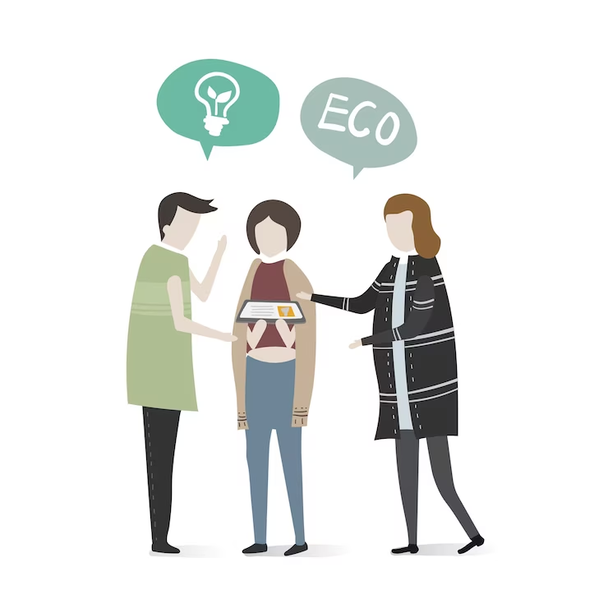 Image Credit What are Future Conversations? Have you ever been on a road trip with family or friends? Unless you have a direction in mind or an idea of where you’re going, you are likely to end up somewhere you didn’t intend; by the time you reach your destination, it might be too late. This analogy is also relevant to climate change. “Future conversations” is a process of developing and implementing ideas about the future that help individuals and communities to create a roadmap for how they would like to live, relate, and work together in a low or zero-carbon world. The conversations also help bring people together. Eco-anxiety can be crippling, but it can also be enabling. Future conversations replace future fears with future hopes, building resilience and creating a collective vision that can be pursued proactively. In the end, it is better to have a positive, proactive vision than no road map at all. Nine Planetary Boundaries Back in 2007, Johan Rockstrom, a director of the Stockholm Resilience Centre, developed the nine planetary boundaries - these are limits that must be met to sustain modern life on the planet. The boundaries include climate change, biosphere integrity, and biochemical flows. 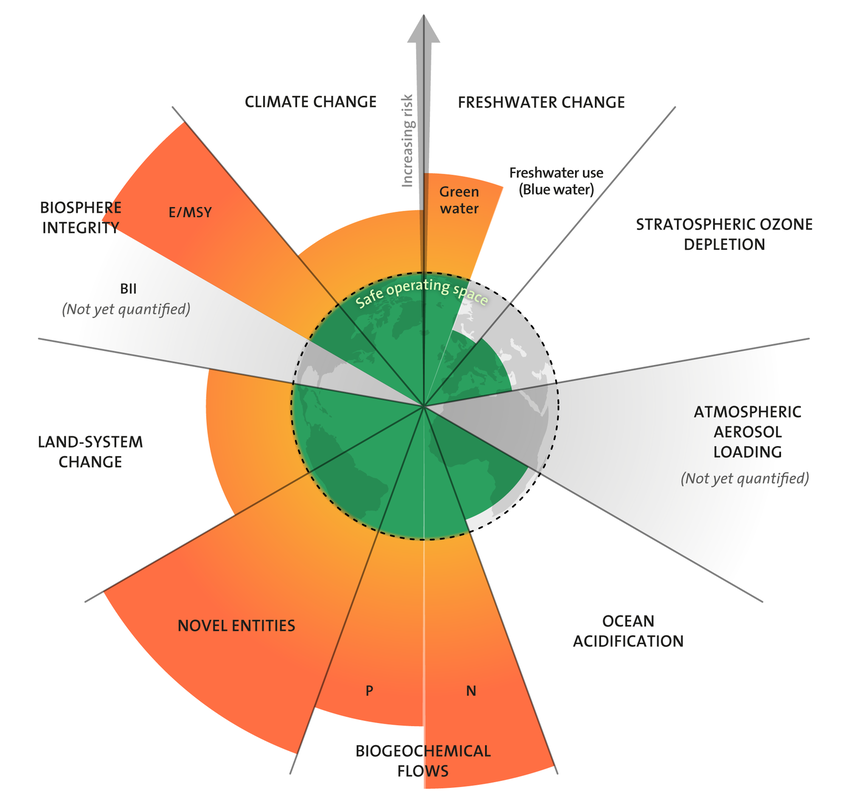 Credit: Azote for Stockholm Resilience Centre, based on analysis in Wang-Erlandsson et al. 2022 More information The “novel entities” planetary boundary encapsulates all toxic and long-lived substances that humans release into the environment — from heavy metals and radioactive waste to industrial chemicals and pesticides, even novel living organisms Biochemical Flows are Phosphorus and Nitrogen - essential for farming Biosphere integrity refers to species loss; e/msy = extinction per mammal species years - technical measurement of extinct rate In January 2015, Rockstum stated that the planet had moved past four of the nine boundaries needed to maintain stability; as of 2022, it is thought to be six. But Rockstrom’s message is not a doomsday one; the planetary boundary system is an efficient way to gauge how well the world is adapting to a sustainable future. Current performance is poor, but systems exist to improve it. Resilience and the Future Bringing the planet back from the brink of disaster and onto a more steady and sustainable footing will require emotional resilience and future conversations. Through decades of inaction and business as usual, the planet has reached a point where the climate is changing very rapidly; species are going extinct, and ecosystems are being lost at increasingly alarming rates. In order to navigate this perilous course through the 21st Century, governments, businesses, and individuals must recognise the realities of climate change and channel any fearful energy into positive action. Climate action takes place at all levels of society, from governments creating greener infrastructure to businesses using less energy and the everyday changes of individuals. At one time, people and nature were inseparable, but then agriculture happened for better or for worse, and suddenly, nature was used as a means to an end. Through the centuries, there have been attempts to reconnect with nature - eg, the Romantic movement in the 18th century - but it is needed now more than ever. Connecting with nature and animals again can inspire our future. Final Thoughts When it comes to climate change, our minds ping-pong between positive outcomes and catastrophic consequences. We know that we want a sustainable, thriving planet to live on, but our human habits are not creating this future - it’s the opposite. A dystopian vision can offer a cautionary tale, but a utopian vision is powerful: it is a collective long-term vision for the future. To continue our analogy, the house fire is upon us. There is black smoke billowing at the top of the staircase, and the walls are becoming hot to the touch, but there is still plenty we can do to save our home. Using the visions, technologies, and creativity of the collective, humans can find a way to collaborate with the planet, reduce consumption, and then build a progressive future. FAQs What are the 5 main effects of climate change? At present, we can notice at least 5 tangible effects of climate change; these include record temperatures, heatwaves and wildfires, hurricanes and flooding, sea levels and melting ice. What will happen if climate change keeps going? If we do nothing to stop climate change, the 5 main effects will worsen and become more extreme. We can also expect there to be food shortages, geopolitical conflict, and displacement. What does it mean to have a Net Zero planet? A Net Zero planet is one that is in balance; it means that human-produced carbon emissions are lessened to the point where they can be reabsorbed by the planet through trees, technology, and the ocean. It is not in the atmosphere. On the global stage, people unite or stand up as individuals with the desire to create a just, sustainable and resilient world. On a societal level, market forces rather than the welfare of planet, people and other living beings are on the agenda and protected by legislation and regulations. The right to extract, process and consume resources - to keep the consumer wheels spinning - seems to run away with us. But people are standing up to demand a world outlined on the principles of nature, not economics. A long chain of actions is at play. Apolitical has listed the 100 Most Influential People in Climate 2022/23 and there exist diverse groups and organisations such as Artists for Climate, Climate Action 4 Jobs, Families for Climate, Fridays for Future, Grandparents for Climate Action Now and Scientists for Climate.
In historical retrospect, persistent rebellion is a known tool to improve human existence, for example labour conditions and the abolition of slavery. In some parts of the world conditions have bettered, in others they have not, and there are activists whose limbs and lives are lost when fighting for a better world. This also happens when protecting nature. Over 1,700 environmental activists killed in decade, states a BBC article and refers to a report from Global Witness. A sense of inadequacy and that I should be doing more, like the brave people who take up the fight against giant industries and governments, creeps into my comfortable home in my safe life. I remind myself that there are numerous other things to do. Since we all need to eat, people have tremendous power with the shopping basket. Supermarkets fill their shelves with demands and what they are used to selling. We have the power to change their habits with ours. Steering clear of meat, products with palm oil, and overly processed foods which have been on a long journey. Instead, aiming for plant based, locally, fresh, raw food. We also have power over other types of purchases: thinking hard about our travel choices and our non-food purchases. With focused attention, as little it might seem, we can support what we wish to see grow out of the crisis. May everyday activism make gentle, insisting waves rippling out as broader efforts towards a caring world. Text by Gazelle Buchholtz, Surefoot associate The majority of businesses understand the need for carbon reduction and Net Zero efforts. But there is a difference between knowing you have something to do and putting an effective plan in place that will help you reach your targets and future-proof your business. Designing and implementing a Net Zero plan is not straightforward; it requires collaboration and creativity.
Assess Current Emissions Today, businesses understand that reducing carbon emissions is a high priority, but that doesn’t make the process any simpler or faster. In order for the world to reach the UN's goal of Net Zero by 2050, carbon emissions need to be halved by 2030, so action needs to happen quickly. While it would be nice for businesses to be able to access a convenient step-by-step guide to decarbonization, the journey to carbon zero is holistic and idiosyncratic. Businesses need to take account of their current carbon emissions, taking care of the low-hanging fruit first before turning their attention to long-term strategies that meet science-backed climate change targets. Research Official Targets It is a decisive decade for decarbonizing the planet and securing positive outcomes for the future; that’s why science-based targets are non-negotiable when implementing a carbon-neutral plan. With so much information available, how can businesses make decisions? There are a number of science-backed climate tools available to help you understand the impact of your business on climate targets, but you can also create a viable assessment of your company with a Net Zero consultation that aims for quick wins followed by substantial changes. Identify Areas for Change After deciding to make your business Net Zero, you can make progress fast. Most businesses emit more carbon than necessary on a daily basis, so quick wins are possible. These initial changes include things like energy procurement, employee travel habits, and purchasing items. Again, the journey to Net Zero for any business is by no means linear; in fact, the journey is more of a holistic effort to identify and address the areas of concern in the company infrastructure. For best results, you should work with a climate professional for 12 months. Build a Long Term Strategy In order to meet climate targets of reducing net carbon emissions by 50% by 2050, two things need to happen, huge volumes of carbon need to be extracted from the atmosphere, and reducing emissions from businesses and households. Start building a long-term strategy now. A long-term Net Zero strategy should be effective in the short term and flexible enough to adapt to changes over time. A long-term strategy is thought to be the best way to meet climate targets; it involves a long-term vision, sustainable development, adaption elements, and sector changes. Learn More About Net Zero Implementing a Net Zero strategy is very important, but maintaining standards and relevance over time is equally important. A Net Zero strategy is not a set-and-forget situation, especially since the criteria are now changing annually following the COP Conferences. Stay up-to-date on climate change news and insights at The Surefoot Effect, and contact us to discuss your Net Zero strategy. Image Credit Eco-distress is how people feel when they hear bad news about the planet or environment. Often, there is a sense of disempowerment and vulnerability, so what is the best way to respond? Climate distress is fairly new, and new approaches are needed to resolve issues.
Accept Emotions Anxiety happens when there is a perceived threat to a person’s life; this is a primitive response that has evolved to protect us from imminent dangers, such as large-toothed animals. But as large-toothed animals don’t exist in the modern world, anxiety may be an overstated response. However, when it comes to the climate crises, fear is not overstated; in fact, it is a realistic response to an existential turning point. Instead of minimising the situation to resolve anxious feelings, it is better to accept the realities of crisis along with fear. Although it can be challenging to accept these strong emotions, it can help to make us more resilient climate contributors. Take Climate Action One of the reasons we feel fearful and vulnerable in the face of the climate crisis is our inability to influence it in any meaningful way. However, once we accept the existential fears of the climate crisis, we can channel this energy into taking action that has some real-world impacts. Start by optimising your lifestyle so that you reduce as much carbon output as possible; this is called “low-hanging fruit”, and it comes in the form of reducing overseas travel, switching to a no-meat diet, and using less energy and water. You can also join a more sustainable economy. Find Professional Help Eco anxiety, climate anxiety, and eco distress are some of the terms used to describe a newly emerging form of mental health issue. Some conventional forms of anxiety treatment can work for eco distress, but it is a slightly more challenging condition to manage and requires an expert. If you turn on the news or glance at your social media feed, and you are triggered into a state of distress, or you have a panic episode, you probably have eco distress. If you need support for eco-distress, visit the Climate Psychology Alliance, who may be able to help you with strategies. Find a Community It is easy to feel alone with your fears; in fact, most people think of their fears as subjective, which is why talking therapies can be so helpful. When it comes to climate distress, however, you can count on there being more people with a similar condition to you instead of fewer. There’s good news; a climate community is easy to find nowadays, thanks to online platforms and an increase in climate communities. If you want to try a climate community for solidarity and support, look out for Eco-anxiety Peer Support organised and run by The Surefoot Effect. Spend Time in Nature One of the reasons we experience eco-distress is that we feel disconnected from the natural world and our ability to influence or manage the situation. One of the best responses is to reconnect with the thing you fear losing; it fosters strength and inspiration for the challenges. Image Credit Carbon offsetting is a controversial topic; on the one hand, it seems to offer workable solutions to the climate crisis, allowing people to use their services and reduce carbon emissions; on the other hand, it can be used as a gateway to greenwashing and false advertising. The reality lies somewhere in the middle; carbon offsetting has some merit when coupled with Net Zero efforts.
Key Takeaways: Carbon Offsetting
What is Carbon Offsetting? Carbon offsetting is a simple concept, CO2 produced by industry, transport, and markets goes into the atmosphere and contributes to the greenhouse effect, but this carbon can be reabsorbed back into the earth with additional trees planted in forests, investments in renewable energy, and supporting people in the Global South to develop sustainable communities. It’s quite a nice idea. The trouble is carbon offsetting is difficult to measure and often ineffective; at the same time, it makes individuals and businesses feel as though they are doing something to support Net Zero efforts when the opposite could be the case. Research by ProPublica has shown that many of the additional trees planted for carbon offsetting were planned to be planted in forests anyway. Tree Planting is Inefficient Many of the world's major carbon-heavy brands, such as Shell, BP, and EasyJet, passionately support carbon offsetting programs in the forests of Brazil. That’s not surprising since carbon offsetting allows them to continue their business-as-usual model sustaining profits by selling products to ethically-minded consumers. Tree planting can reduce carbon, but only a fraction. The earth’s forests are critical to maintaining the balance of oxygen and carbon dioxide in the atmosphere, but planting trees to offset carbon is not the efficient machine the world needs to slash carbon emissions and reach Net Zero targets. A newly-planted tree can take up to twenty years to absorb the amount of carbon promised in the carbon offsetting programs people buy. Issues With Climate Justice Climate justice - or climate injustice - is the dynamic between countries with high carbon emissions and countries affected by climate change. Climate justice can take other forms, too; it’s estimated that people born today will have to emit eight times less carbon than their grandparents to stay with the 1.5-degree target. Climate justice is an important consideration. It is easier, cheaper, and more effective for big-name brands to set up carbon-offsetting programs in the Global South, but this comes at the expense of the local communities who might use the land to serve their own needs. These carbon offsetting initiatives can compromise the rights of indigenous people and depose them of their ancestral land in the worst cases. Carbon Offsetting and PR Carbon offsetting is excellent PR; it allows companies to present an ethical front and continue with business as usual. At the same time, carbon offsetting gives consumers peace of mind when transacting with companies since they get a service and make a green contribution. While it’s not completely ineffective, decisive action is needed to reduce carbon emissions directly. It is now time for companies to move on from carbon offsetting arrangements in favour of carbon-reduction trajectories. The upside is that these efforts are also good for PR in the modern world. Businesses need to define low emissions thresholds and create workable decarbonisation strategies, with continued support for reforesting and rewilding communities. Alternatives to Carbon Offsetting When it comes to the climate emergency, every little count, even the small efforts people make on a daily basis to reduce carbon emissions, make a difference. There’s no doubt that carbon offsetting has a part to play, but consumers need to be aware of the dangers and alternatives. If you are unsure about the green credentials of a company, you can always pursue your own offsetting agenda and source a transparent and responsible company or charity to invest in. In short, it’s always better to reduce personal carbon than to hand responsibility to the big brands. Some Final Thoughts Whether you are a business or an individual, you need to think about your carbon footprint and the impact your lifestyle is having. Small changes can make a big difference to your personal carbon emissions on the global journey to Net Zero in 2050. Find out more about how to make your business Net Zero by attending a Net Zero workshop or partnering with a climate mentor. Image Credit If you are worried about the climate crisis, you are in the right place. Many people have concerns about what businesses are doing to achieve Net Zero and how they can contribute with personal lifestyle changes. Equally, there is an overpowering sense of anxiety that comes from changes to the natural world. Connect with others at one of Surefoot’s free eco-anxiety workshops. Discover New Inspiration If you have made it along to an eco-anxiety workshop, chances are you’re feeling stressed and a little bit pessimistic. Don’t worry; not only can the climate pressures be leveraged as fuel for positive action, but you will encounter new inspiration to enhance your wellbeing and lifestyle. As part of Surefoot’s free eco-anxiety workshops, you will have the chance to listen to daily readings from community members. They take the form of poems, short fiction, and excerpts that help to illuminate how people in the network feel about the climate crisis. New members can contribute. Learn Resilience Strategies Do you ever feel overwhelmed by your life and the world, and you don’t have the resources to meet the challenges? You are not alone. This is a common experience for people trying to balance working life, family life, and some of the existential pressures inherent in the crisis. Attending a free eco-anxiety workshop helps you to develop the skills and strategies needed to navigate a personal crisis, a collective crisis, or both. These strategies include mindfulness training, self-care planning, community resilience, and solidarity sharing personal experiences. Self Care Planning A crisis, such as a panic attack, an anxiety attack, a low mood, or something else, can strike at any minute. In relation to the climate and ecological crises, someone might simply read their social media feed and suddenly find themselves triggered into a crisis mode. That’s why self-care planning helps. Self-care planning is all about becoming more aware of the patterns of your personal crisis and putting the pieces in place to navigate the crisis effectively. A free eco-anxiety workshop can help you to ask the right questions and build a self-care plan that has your back when needed. Connect With a Community One of the best parts of attending a free eco-anxiety workshop is the chance to connect with a like-minded community and enjoy a sense of solidarity and shared experiences. In the workshop, you will have a chance to talk about your experience of climate anxiety, and you are sure to recognise the experiences of others. It should leave you with a sense of optimism. Image Credit |
�
AboutHere’s a collection of some of our articles which have been in our newsletters or published elsewhere.
Archives
April 2024
|
Sign up TO SUREFOOT NEWS >>The Surefoot Effect equips people, communities and organisations with skills for sustainability and resilience.
|
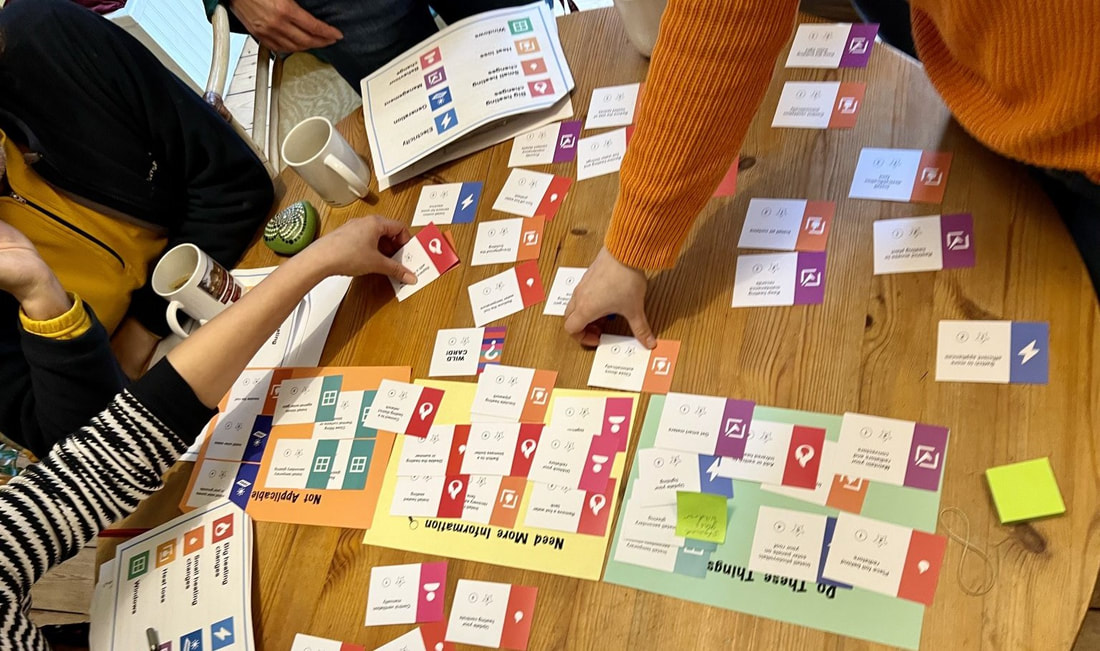

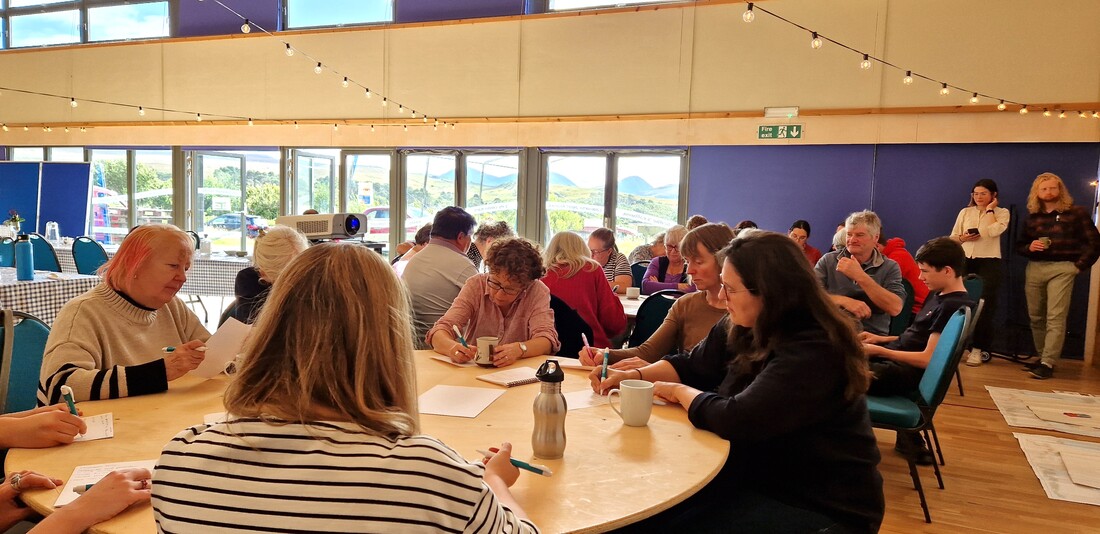
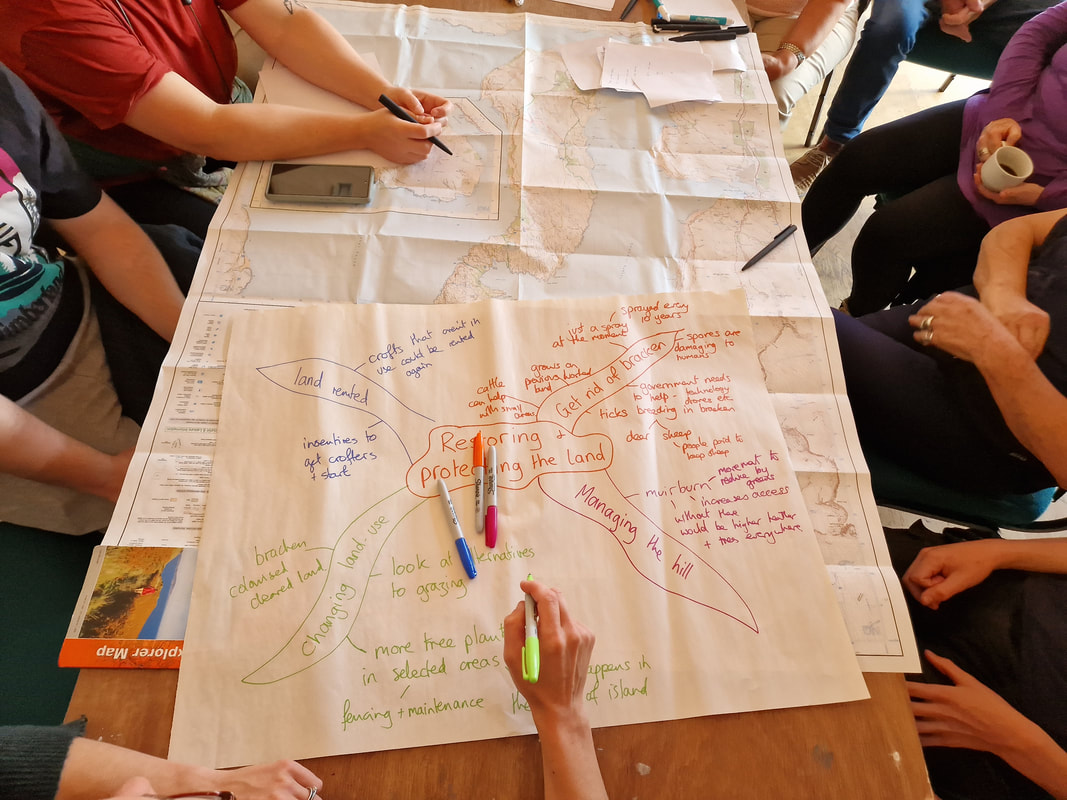
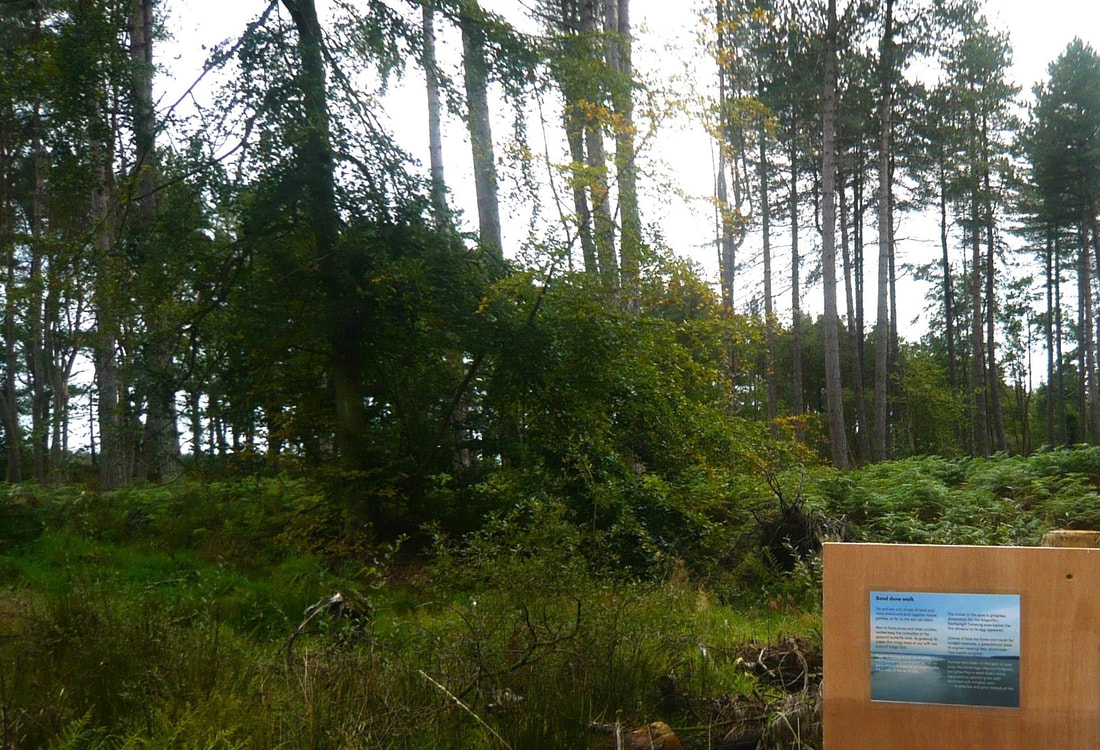
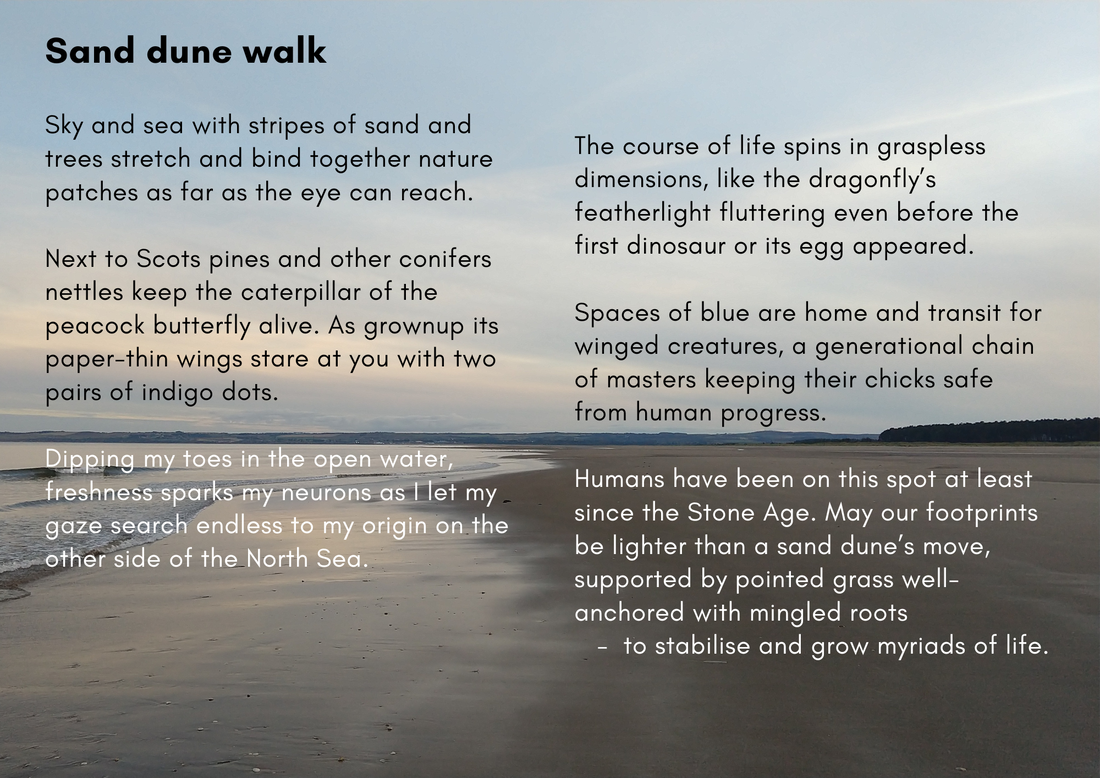
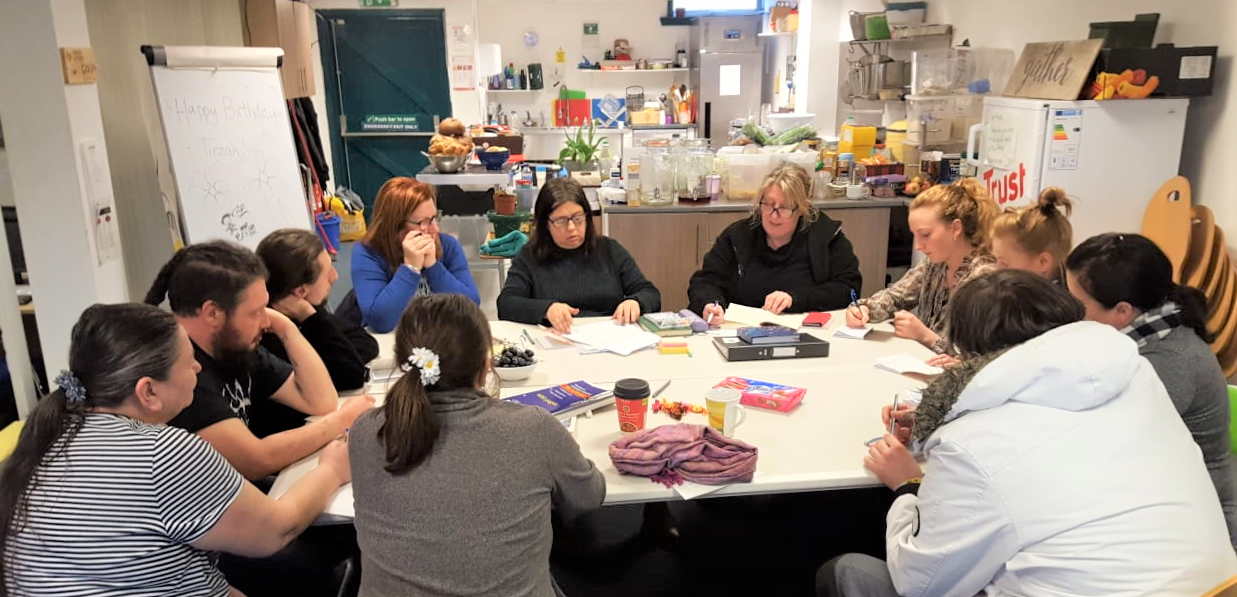
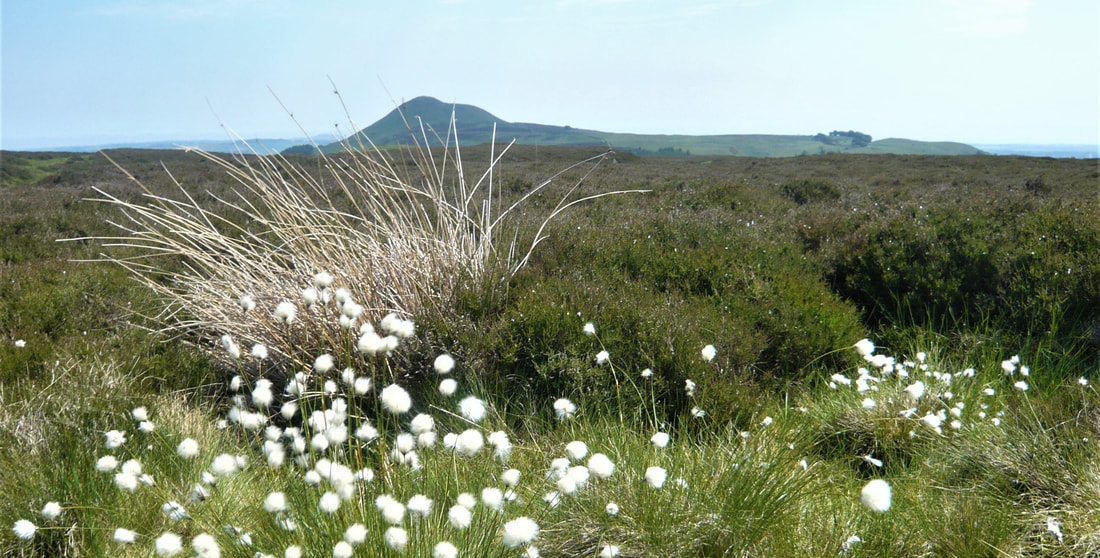


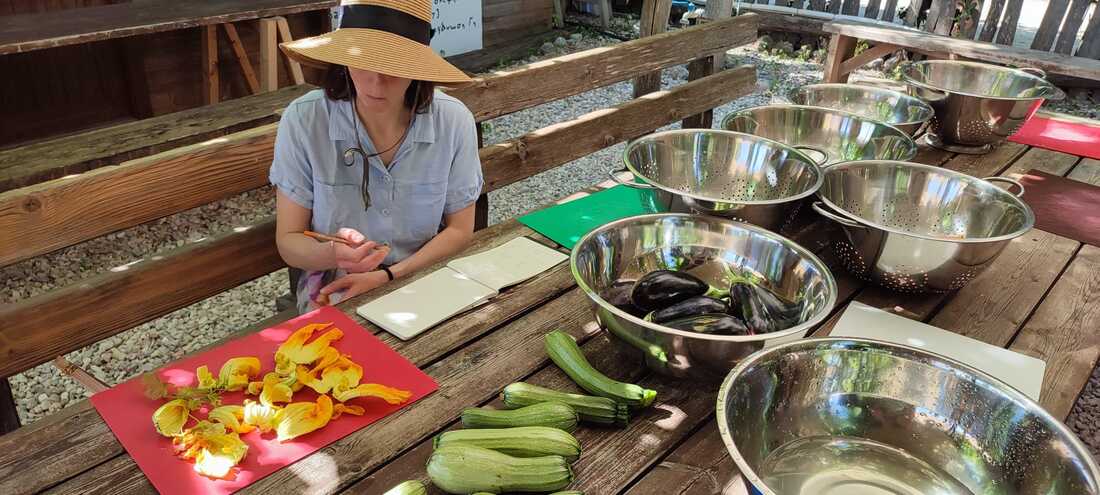
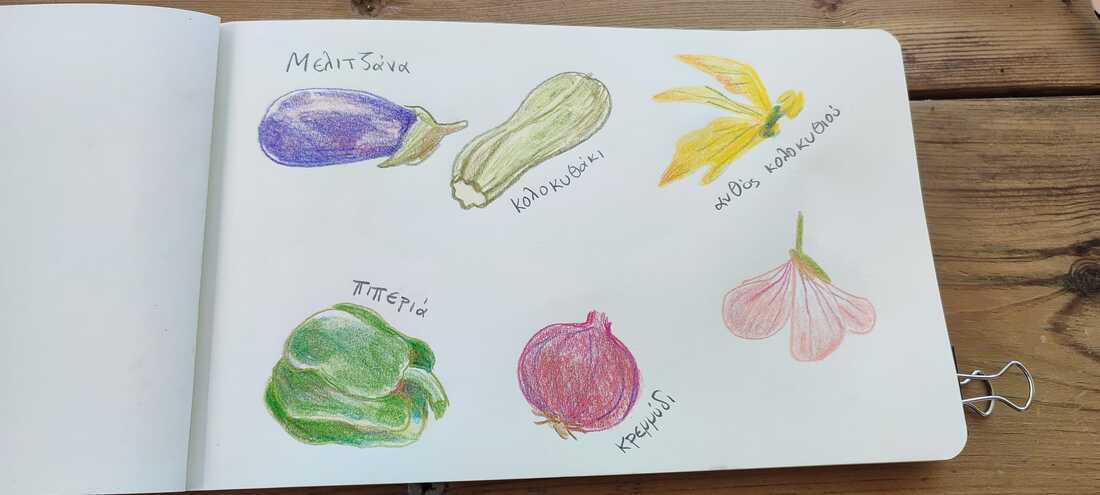


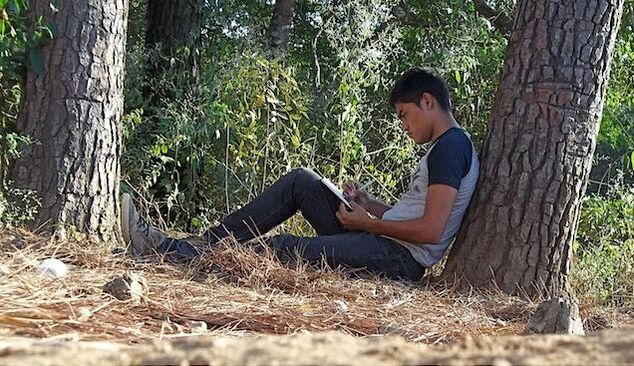

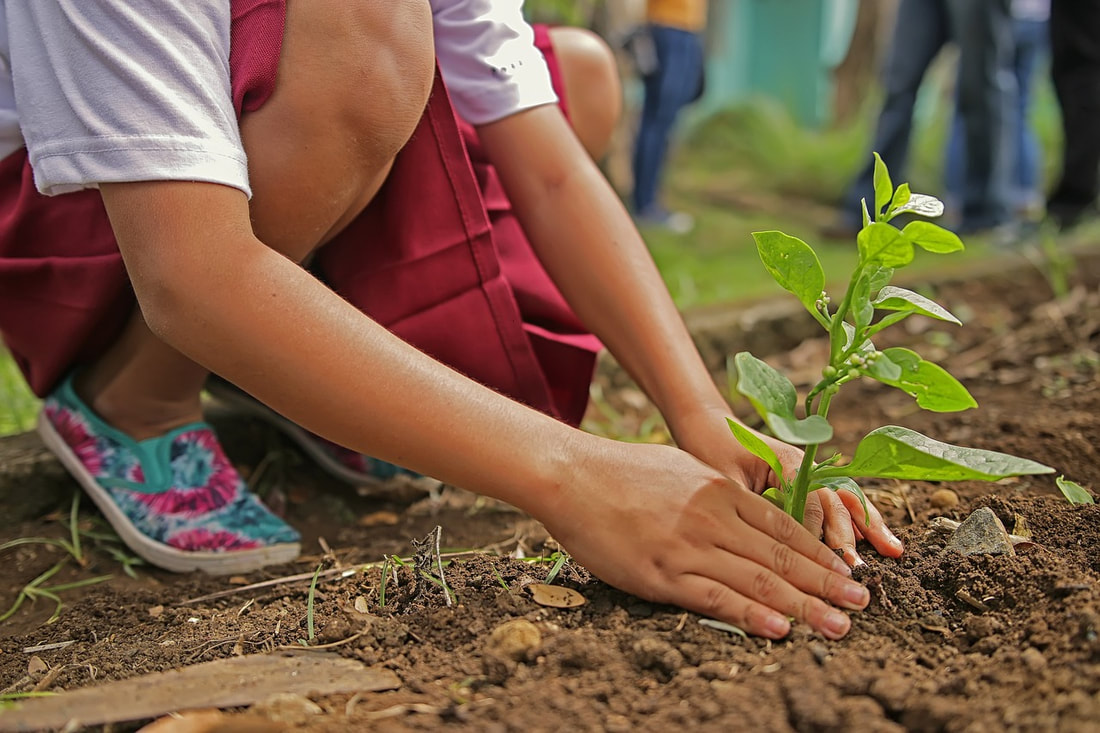
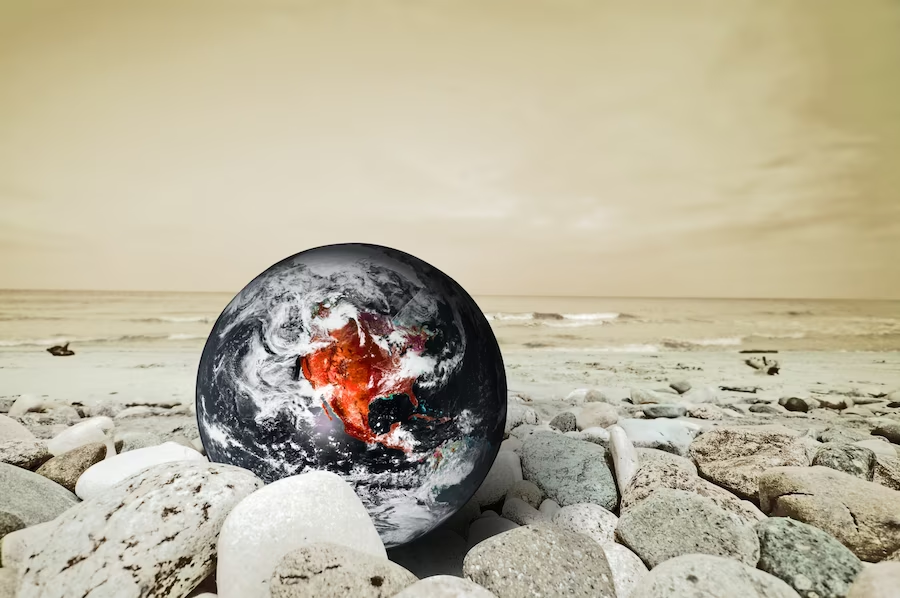


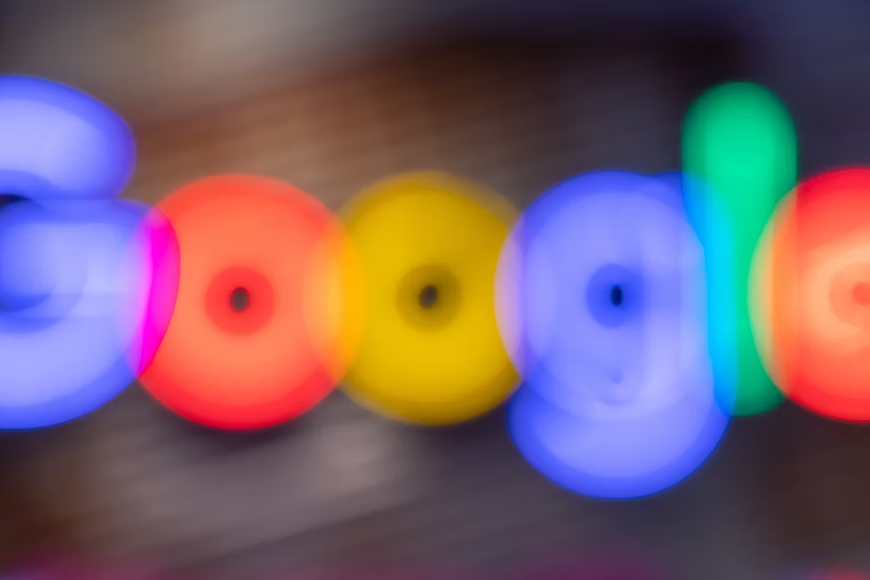

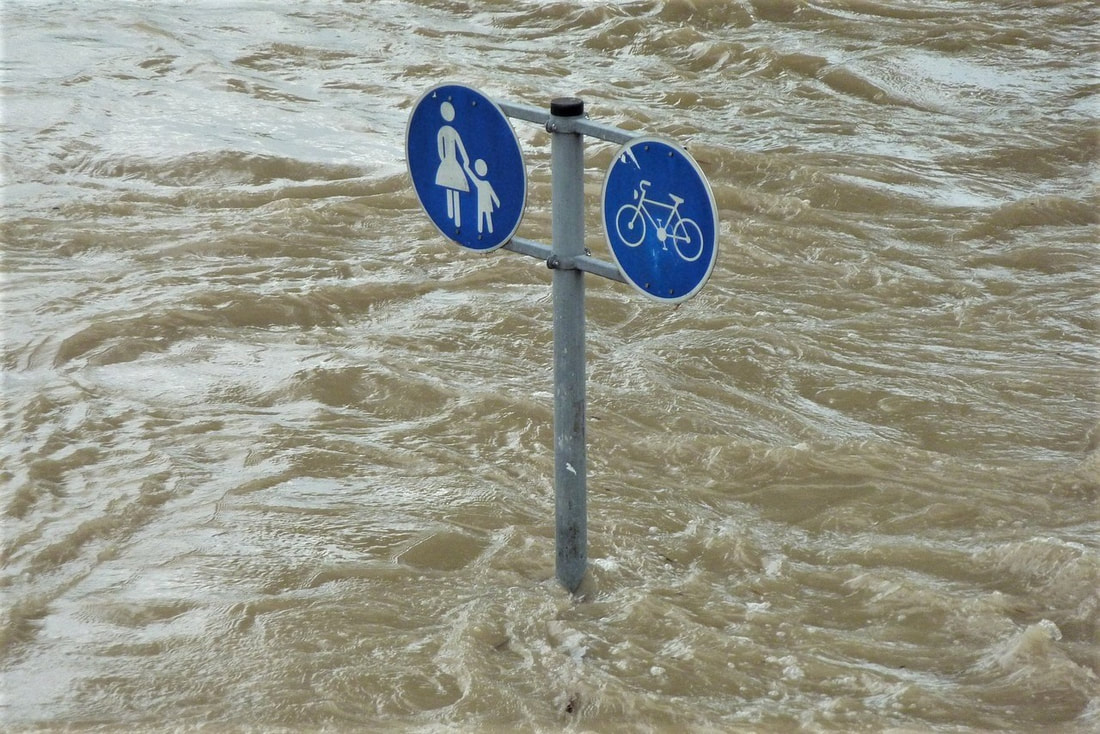

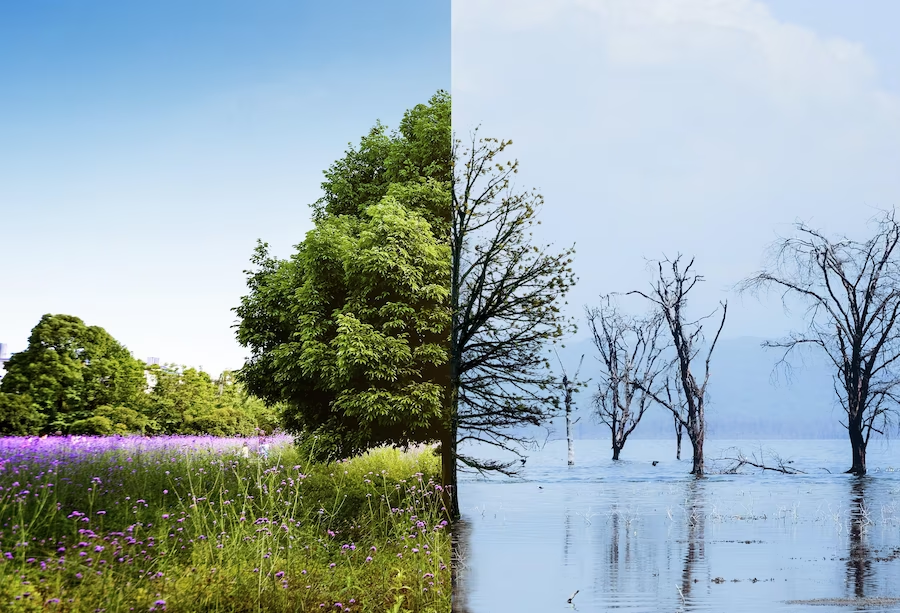

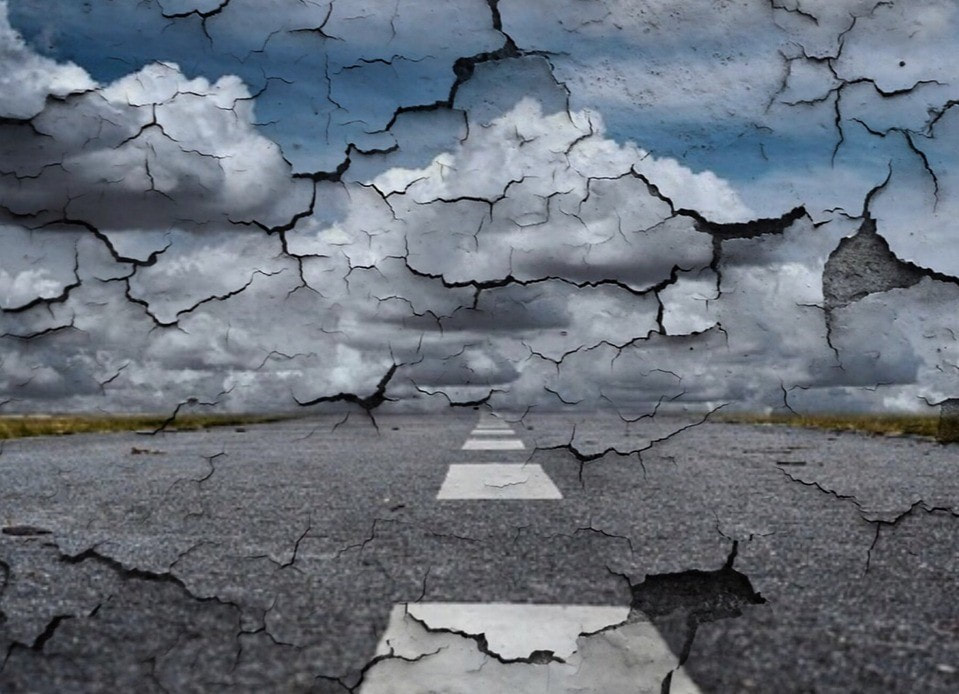
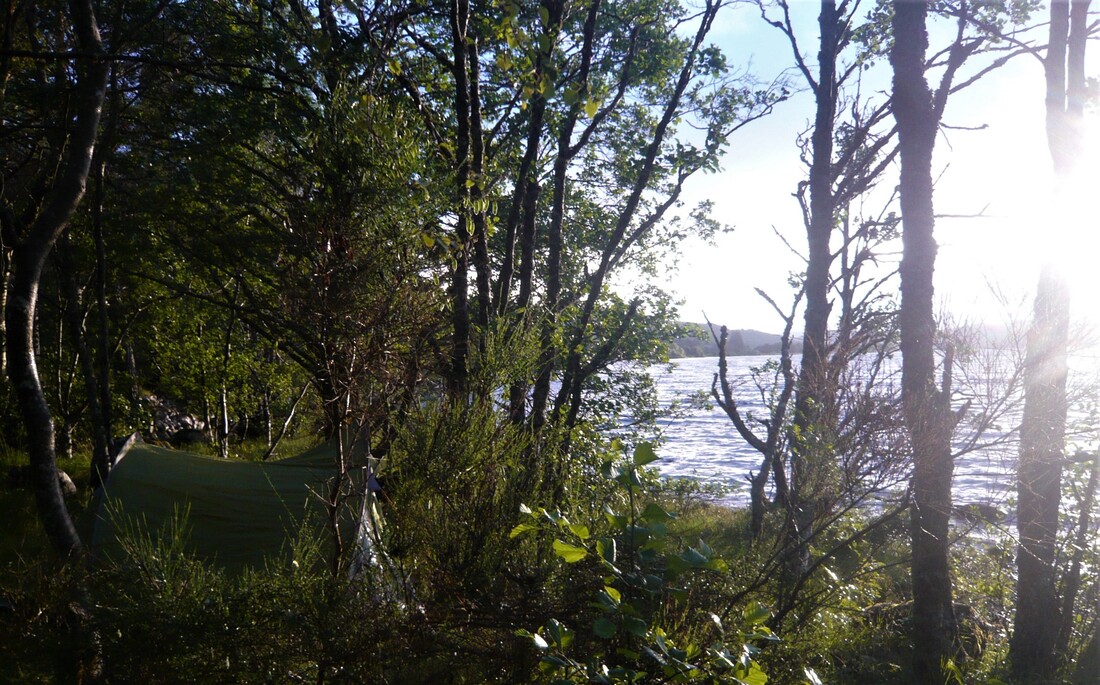
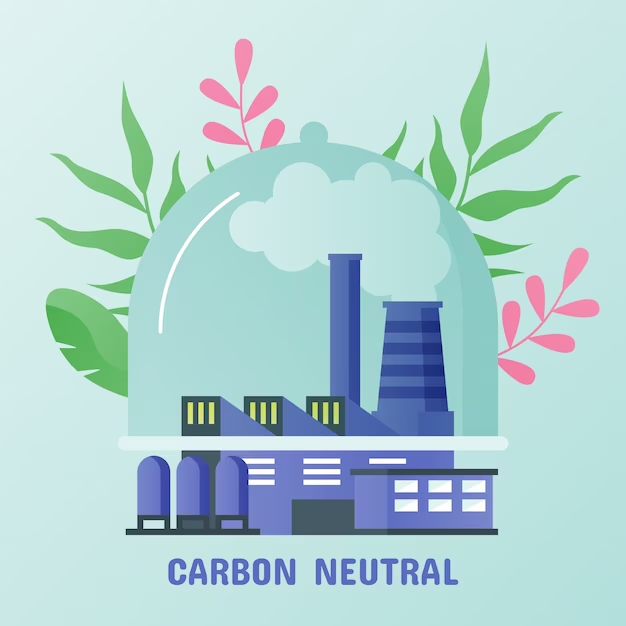
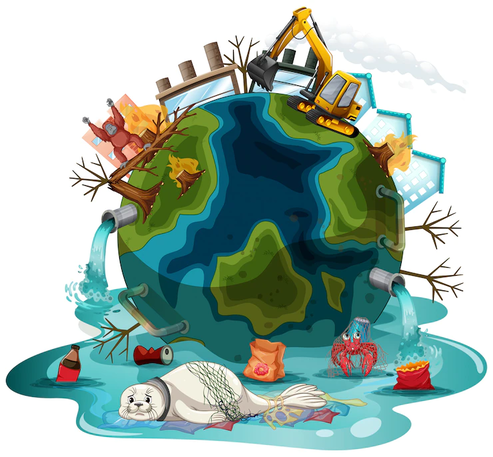
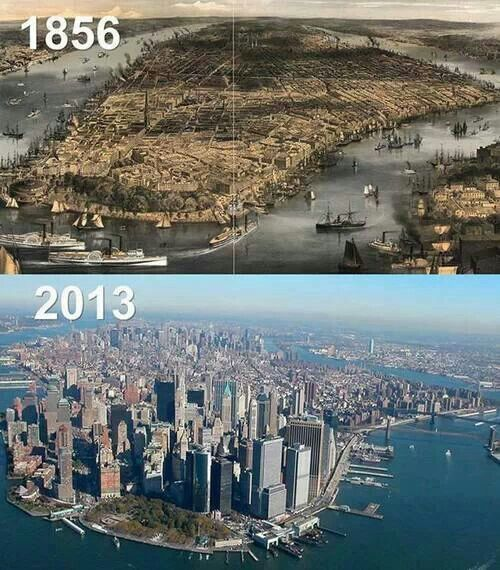
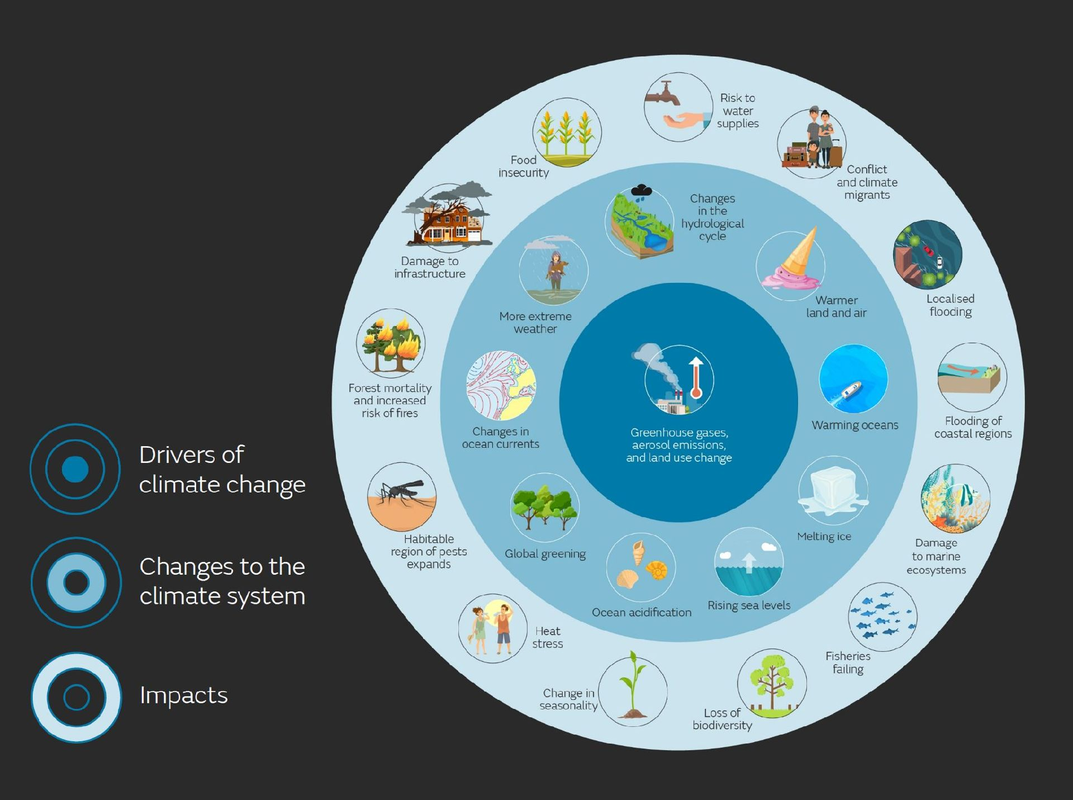
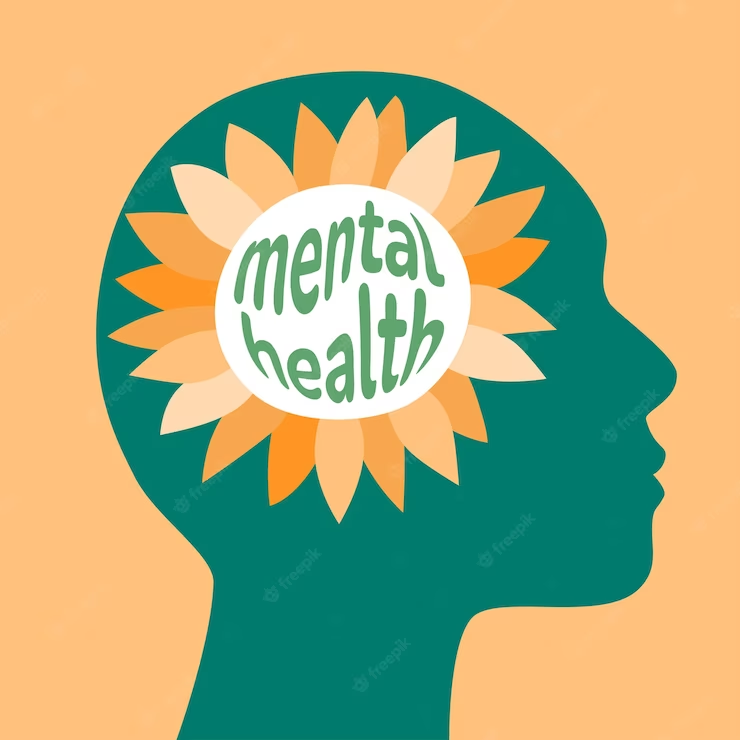
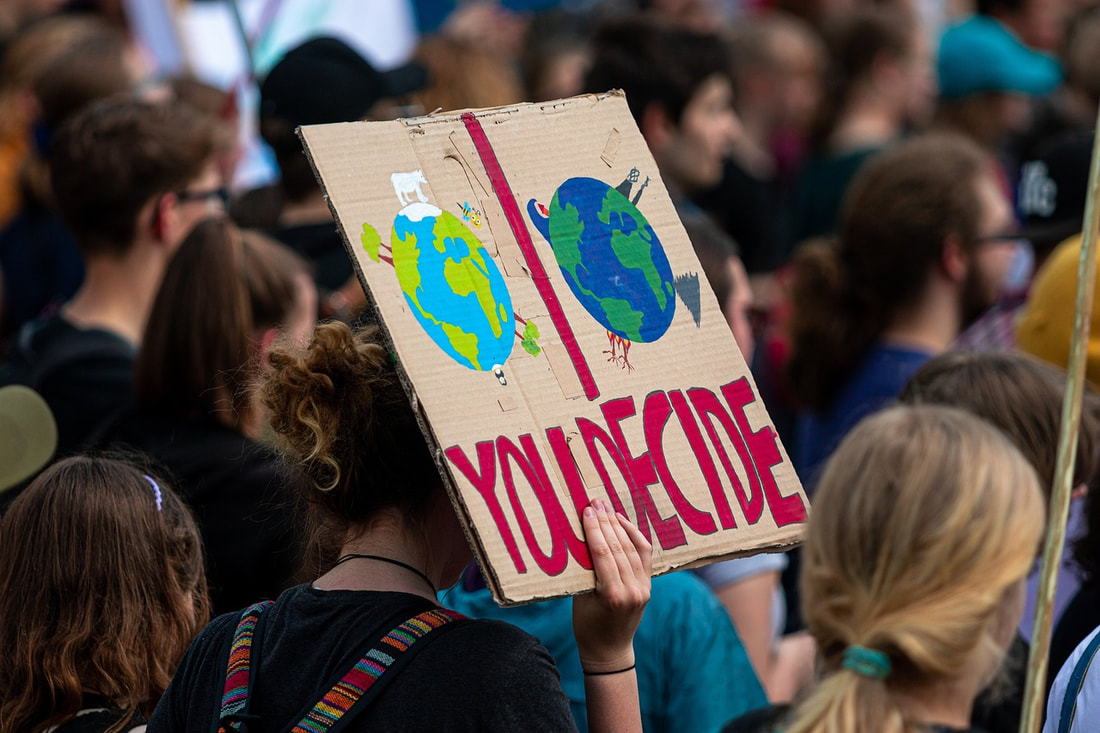
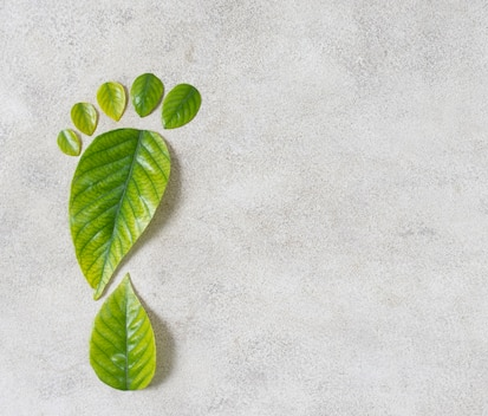


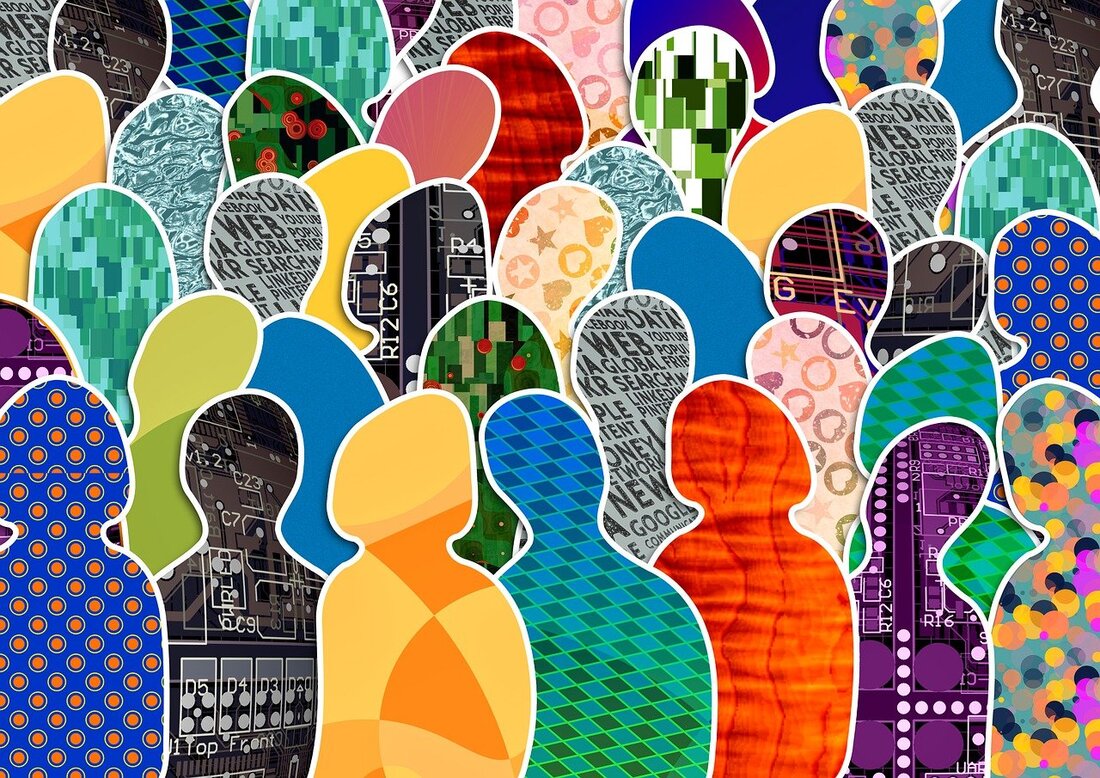
 RSS Feed
RSS Feed




